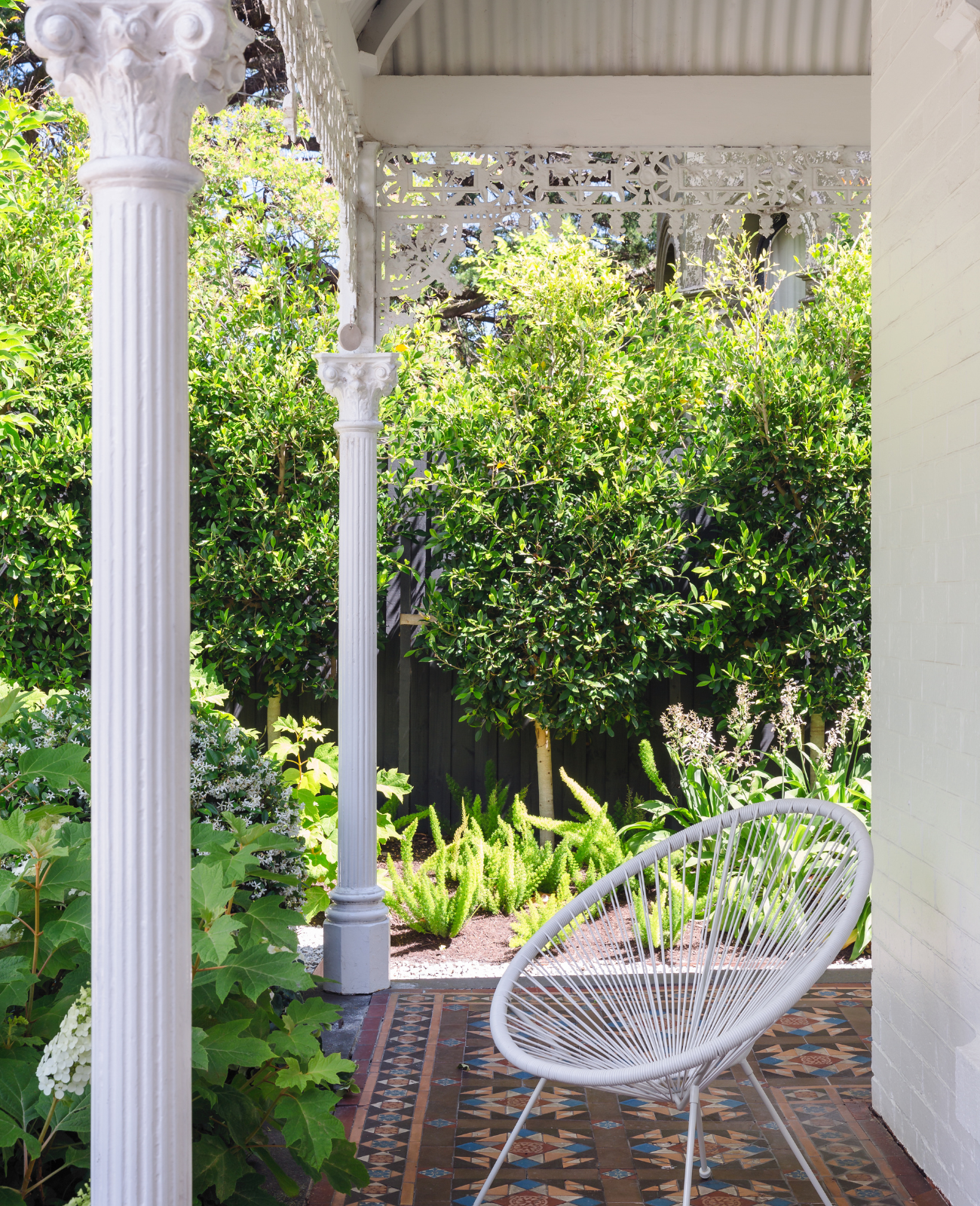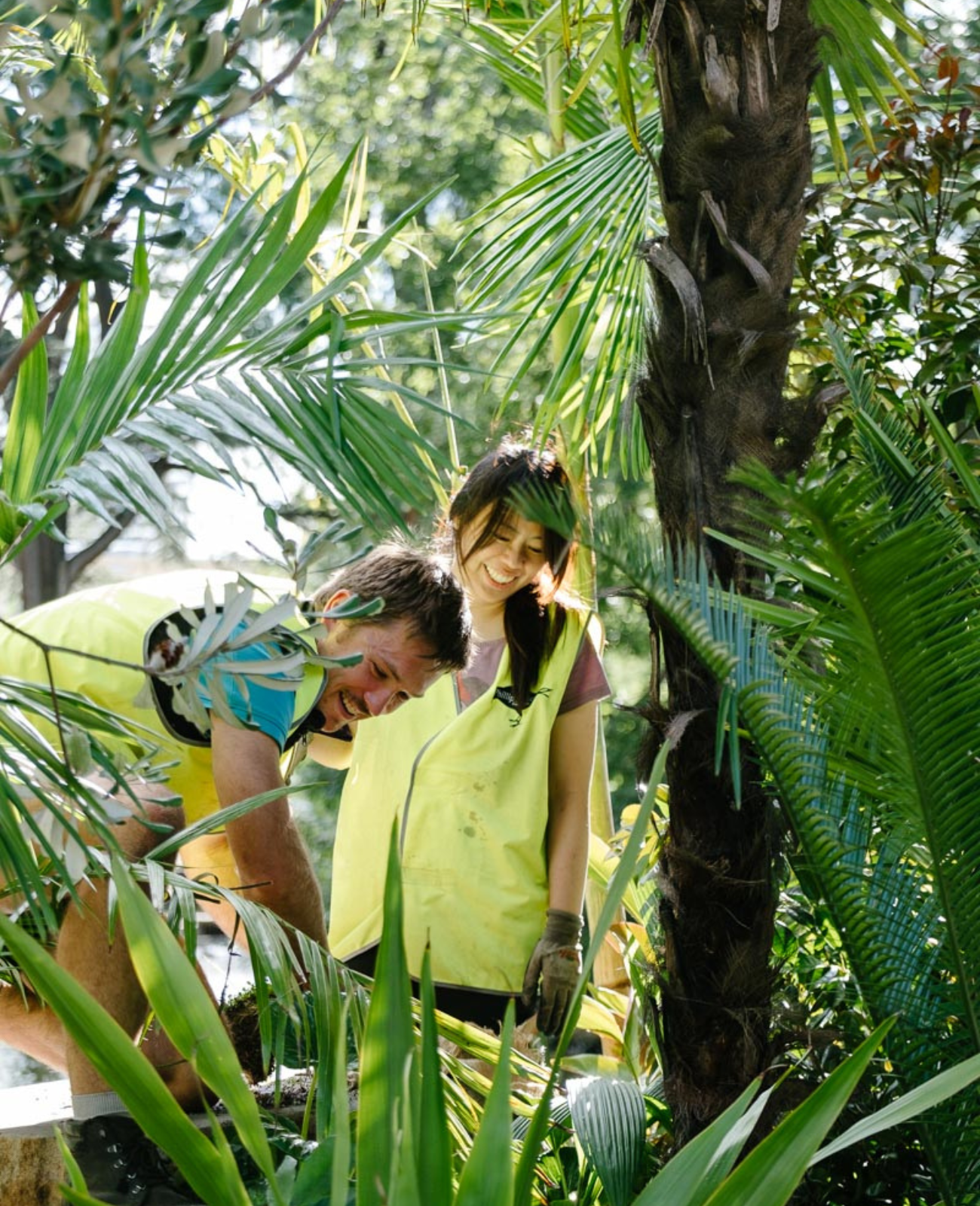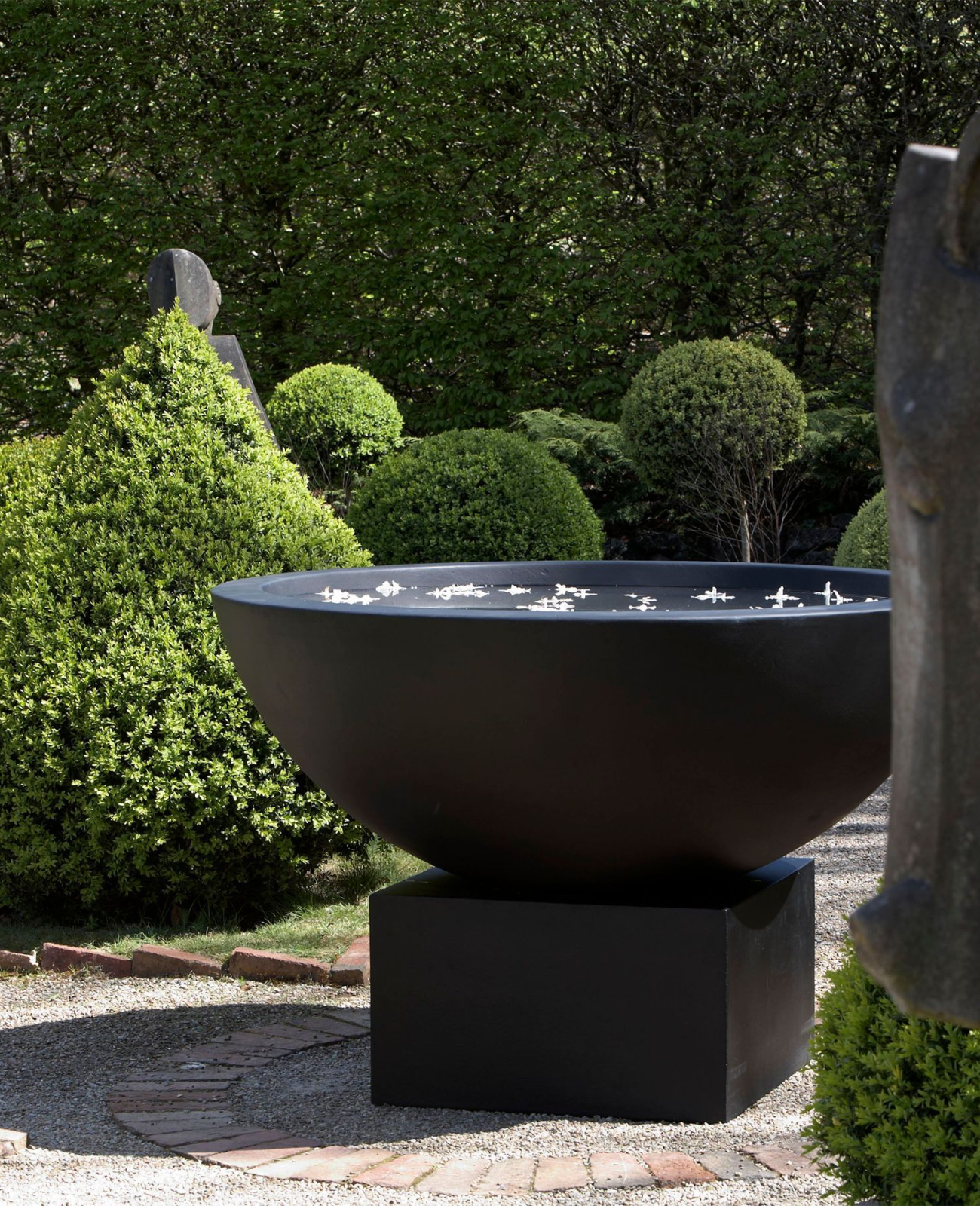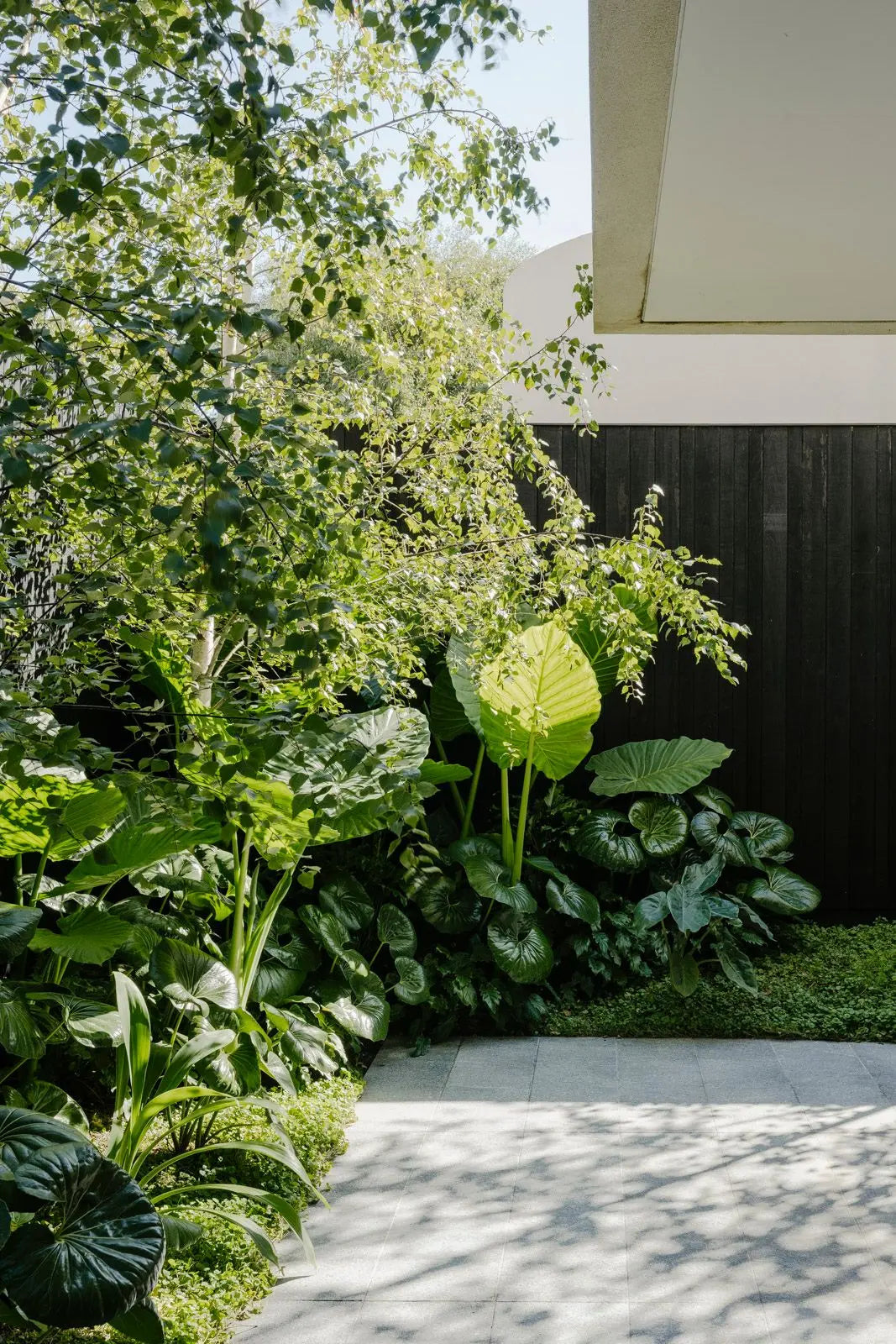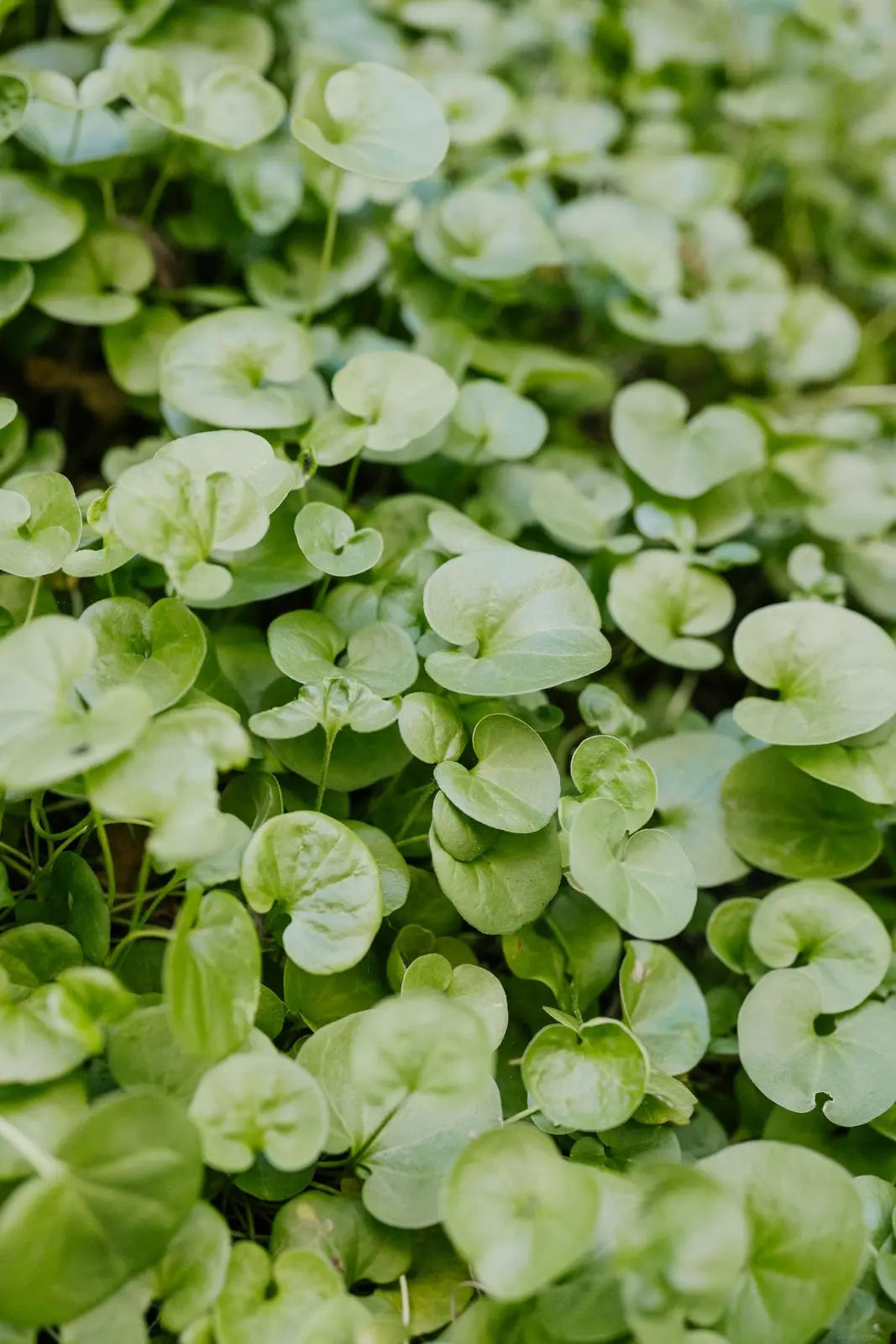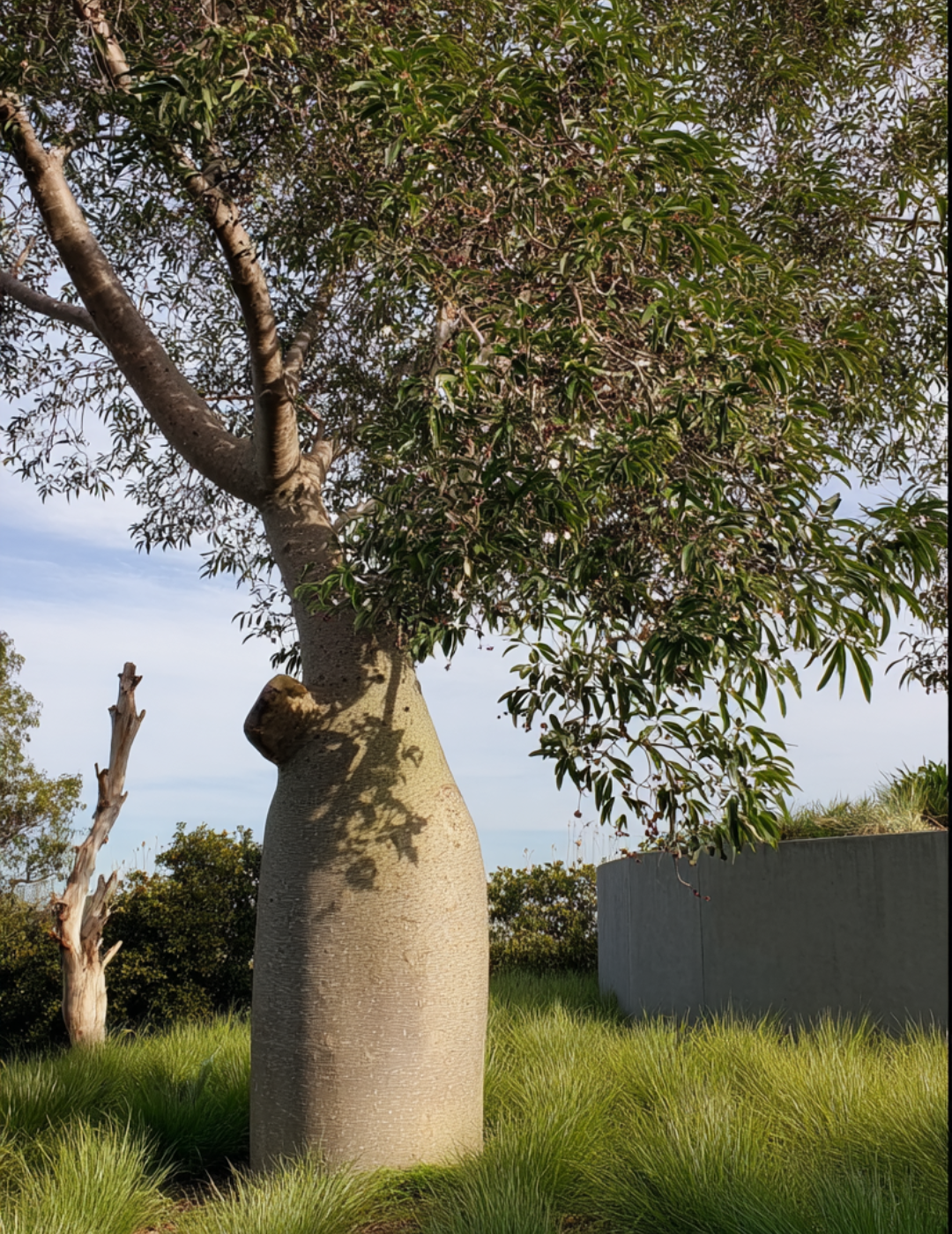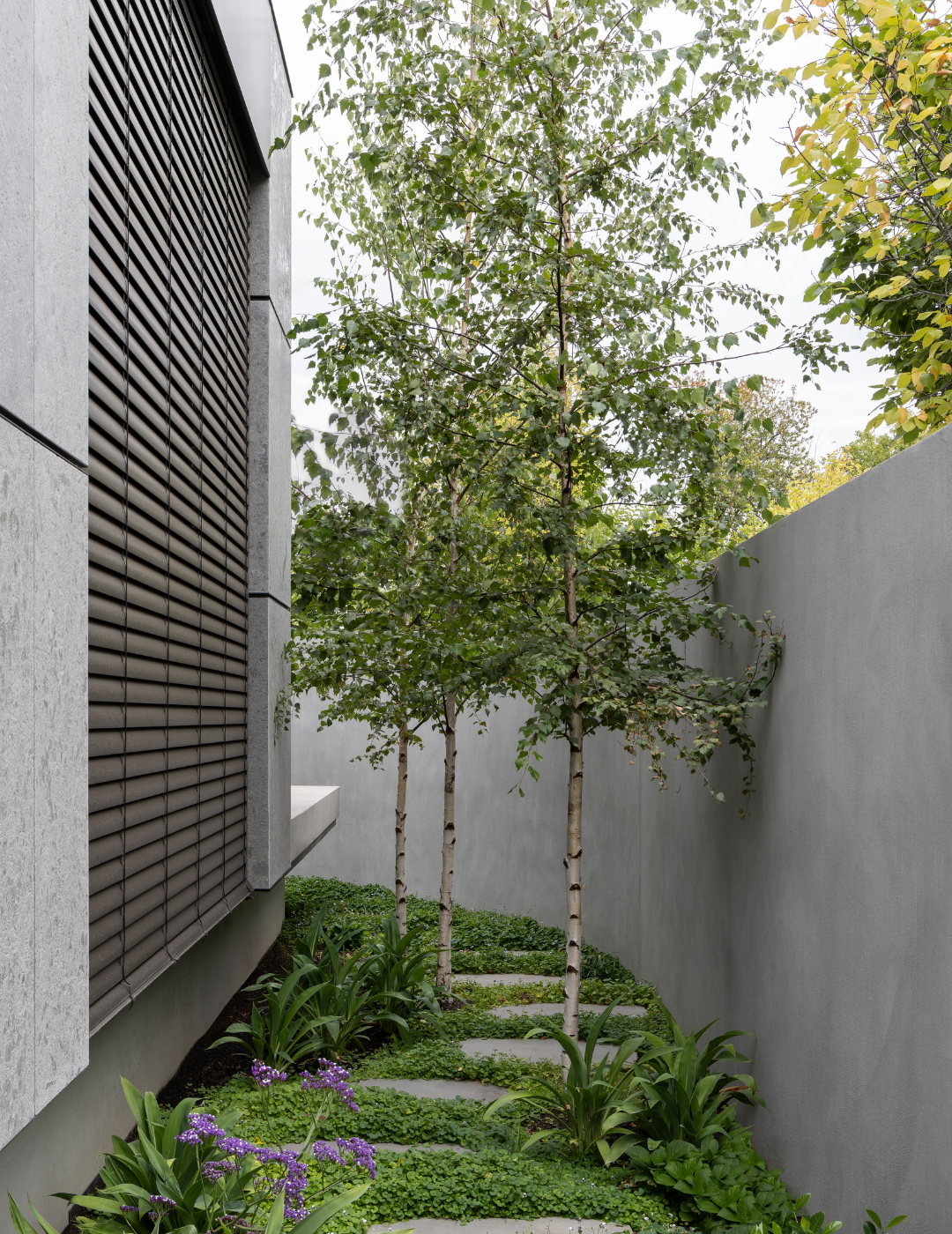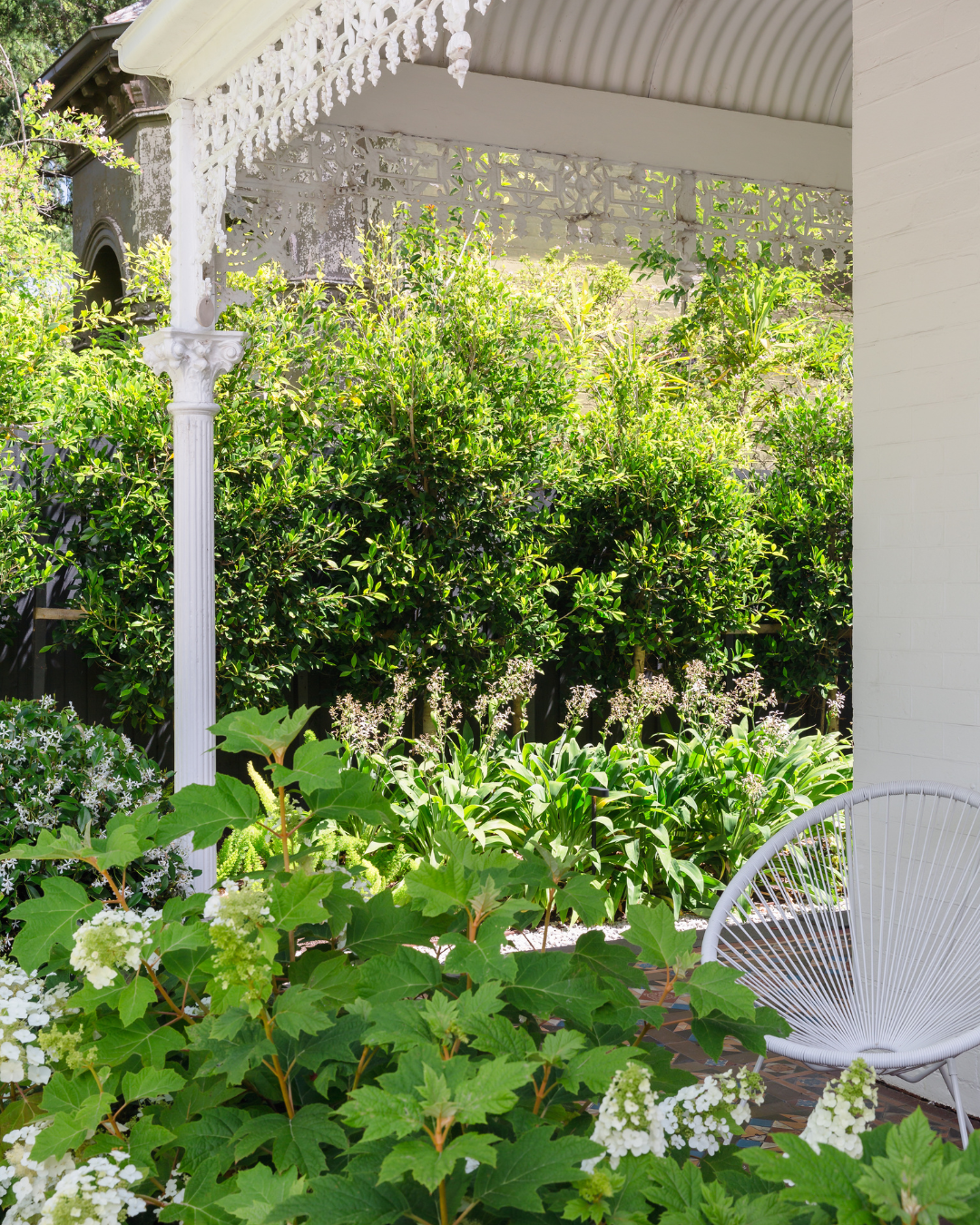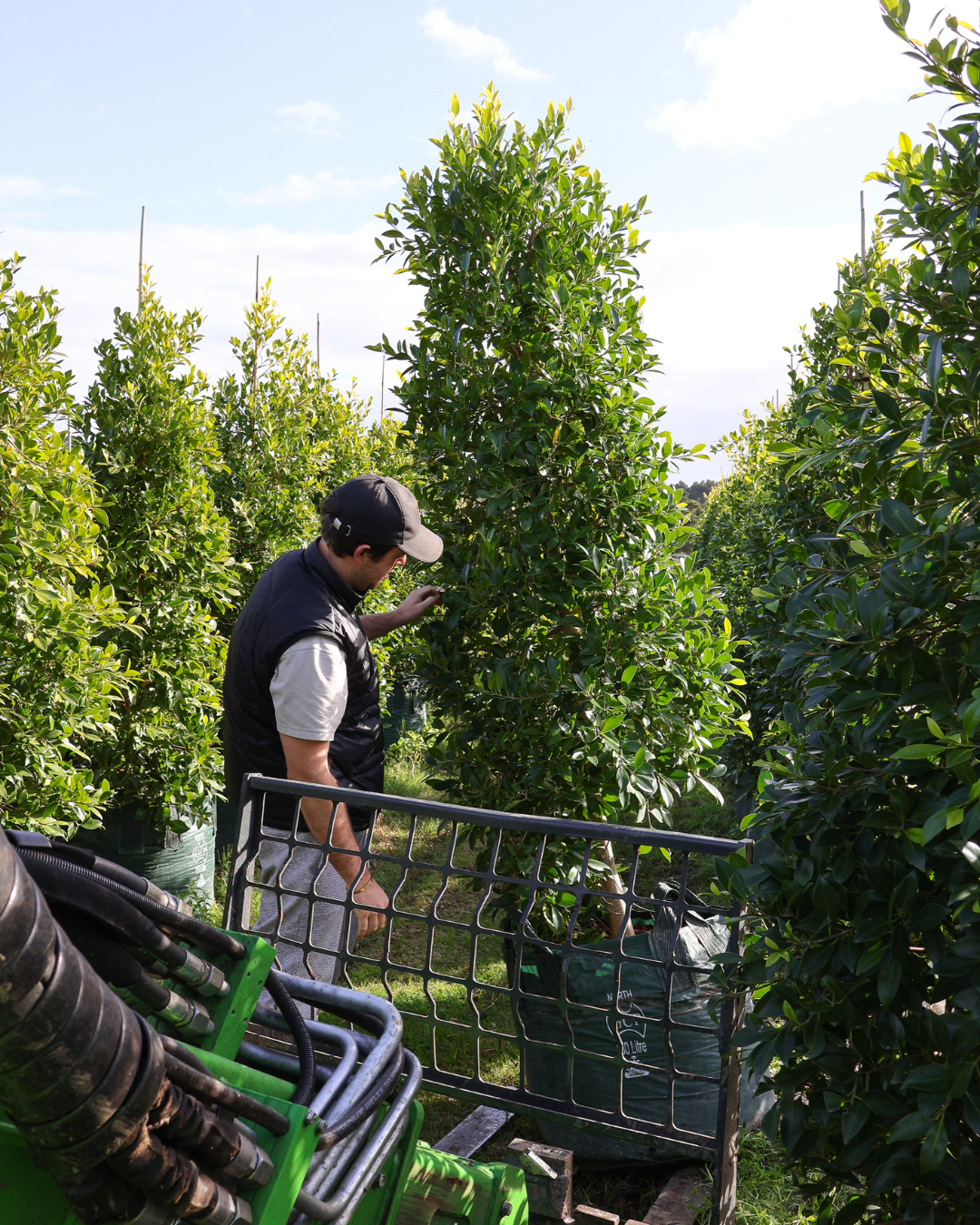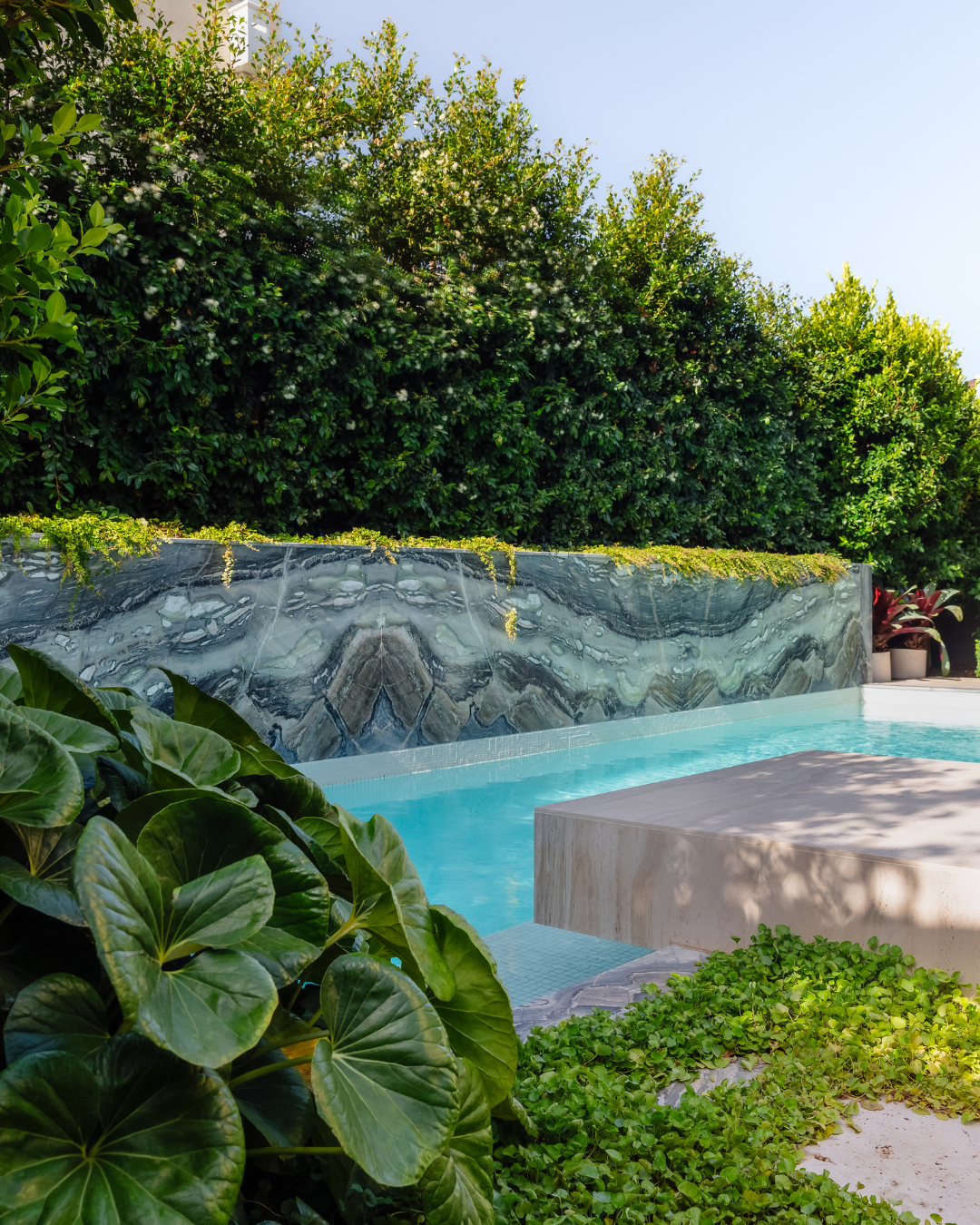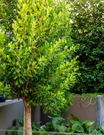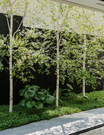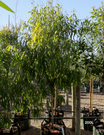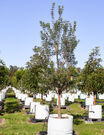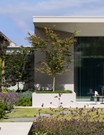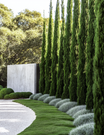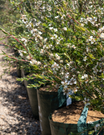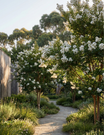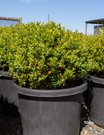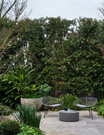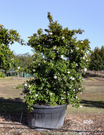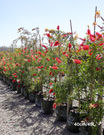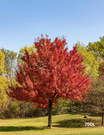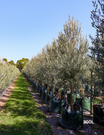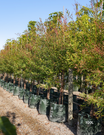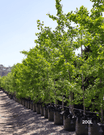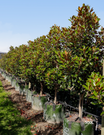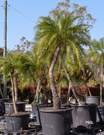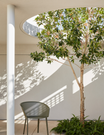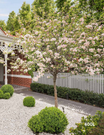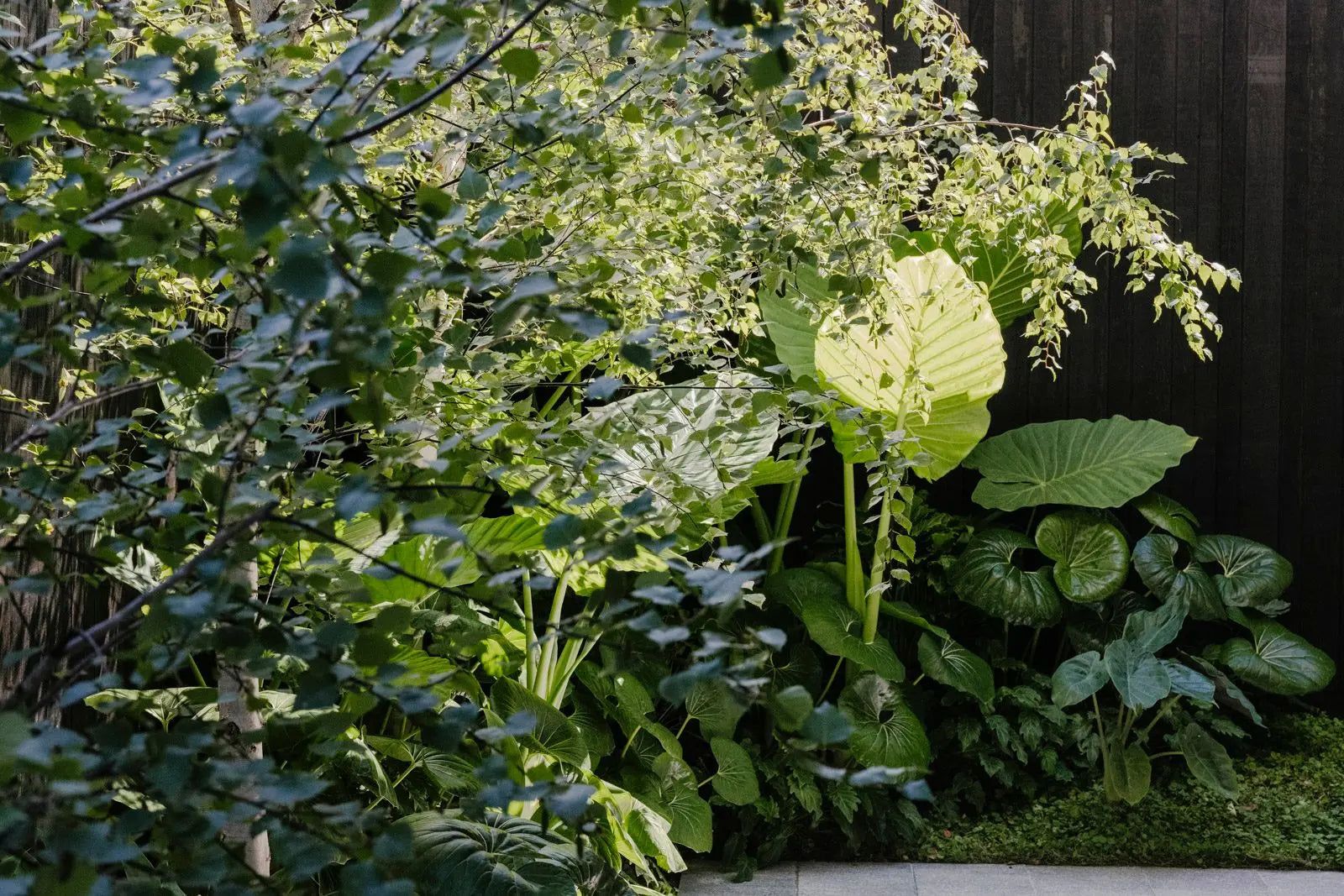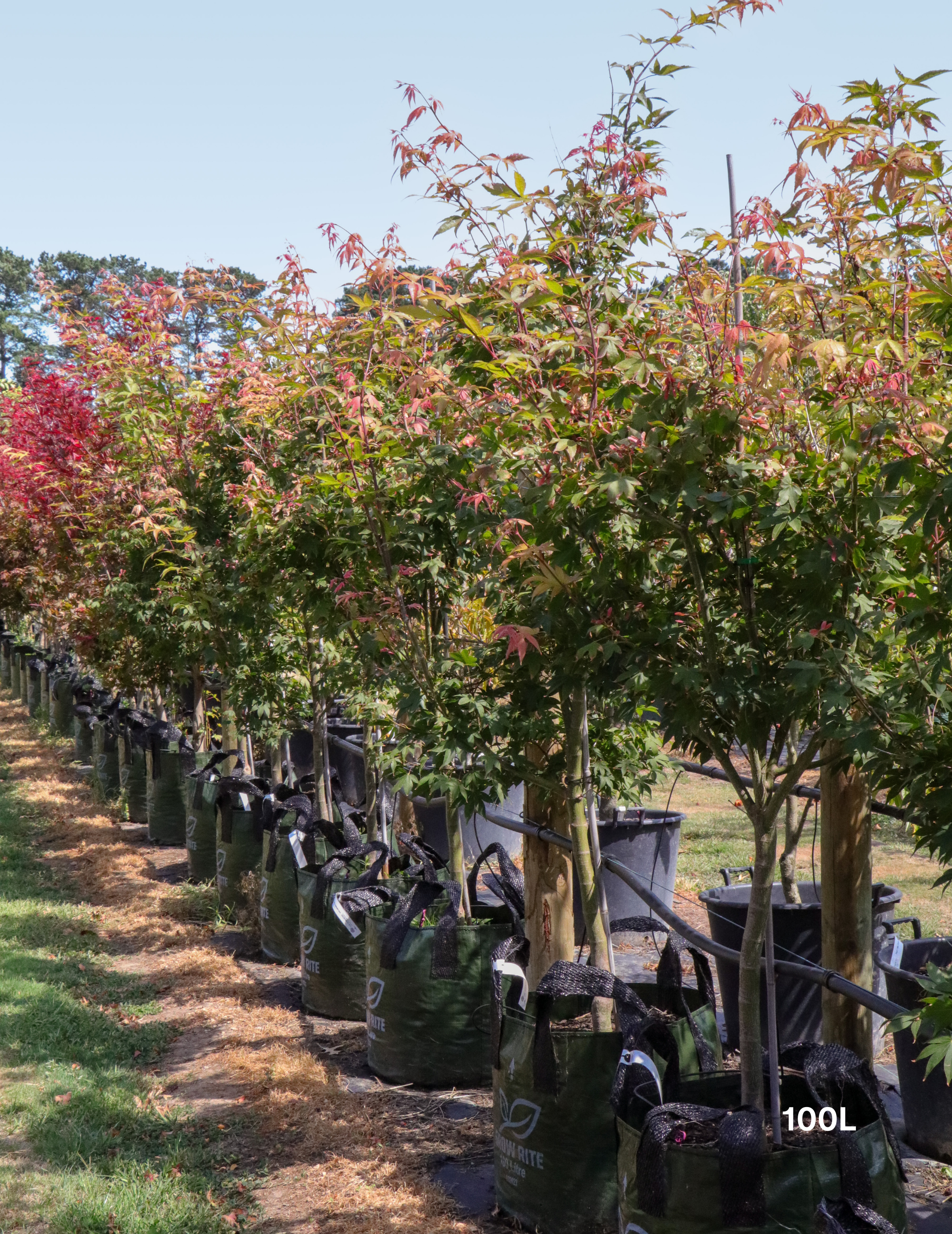
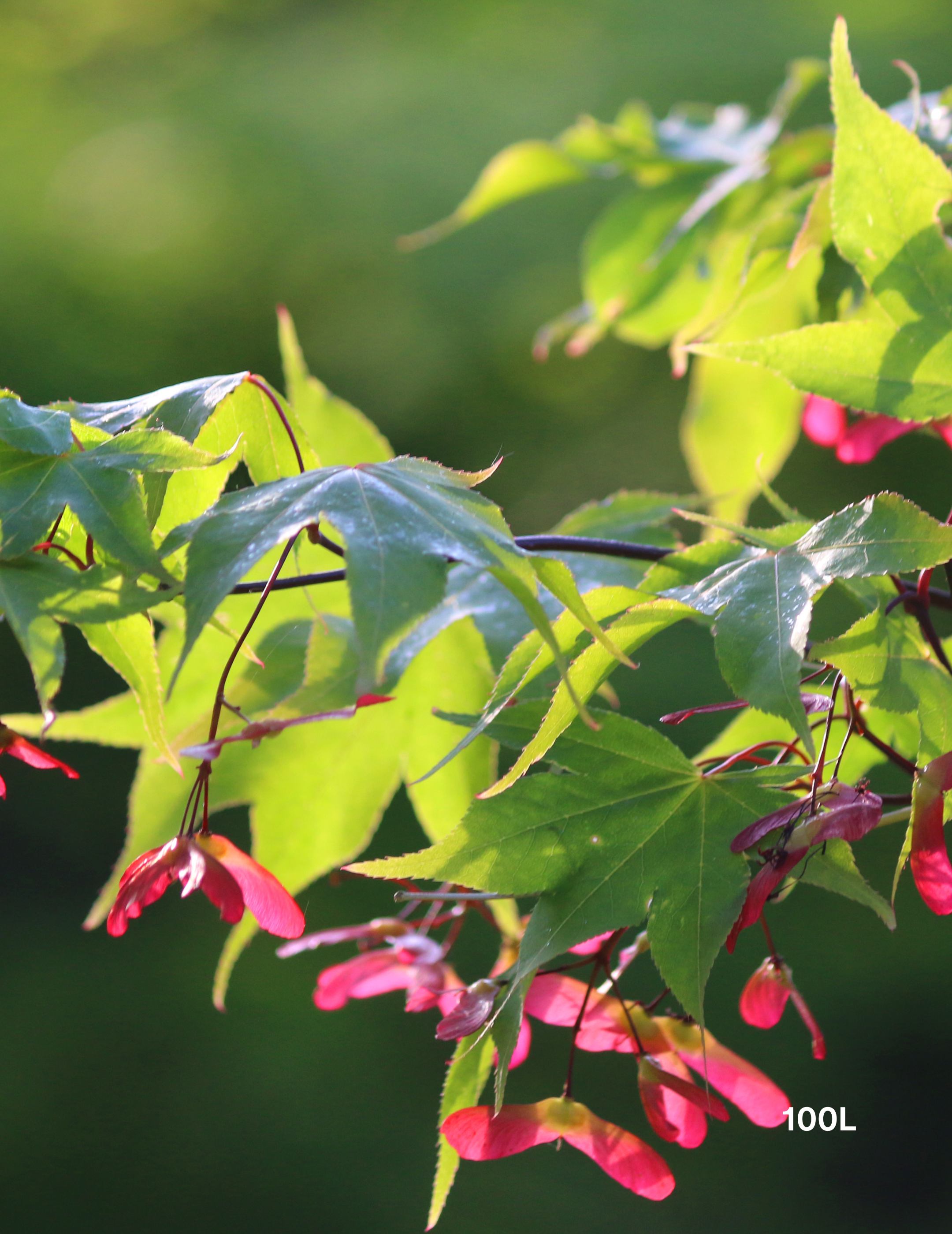
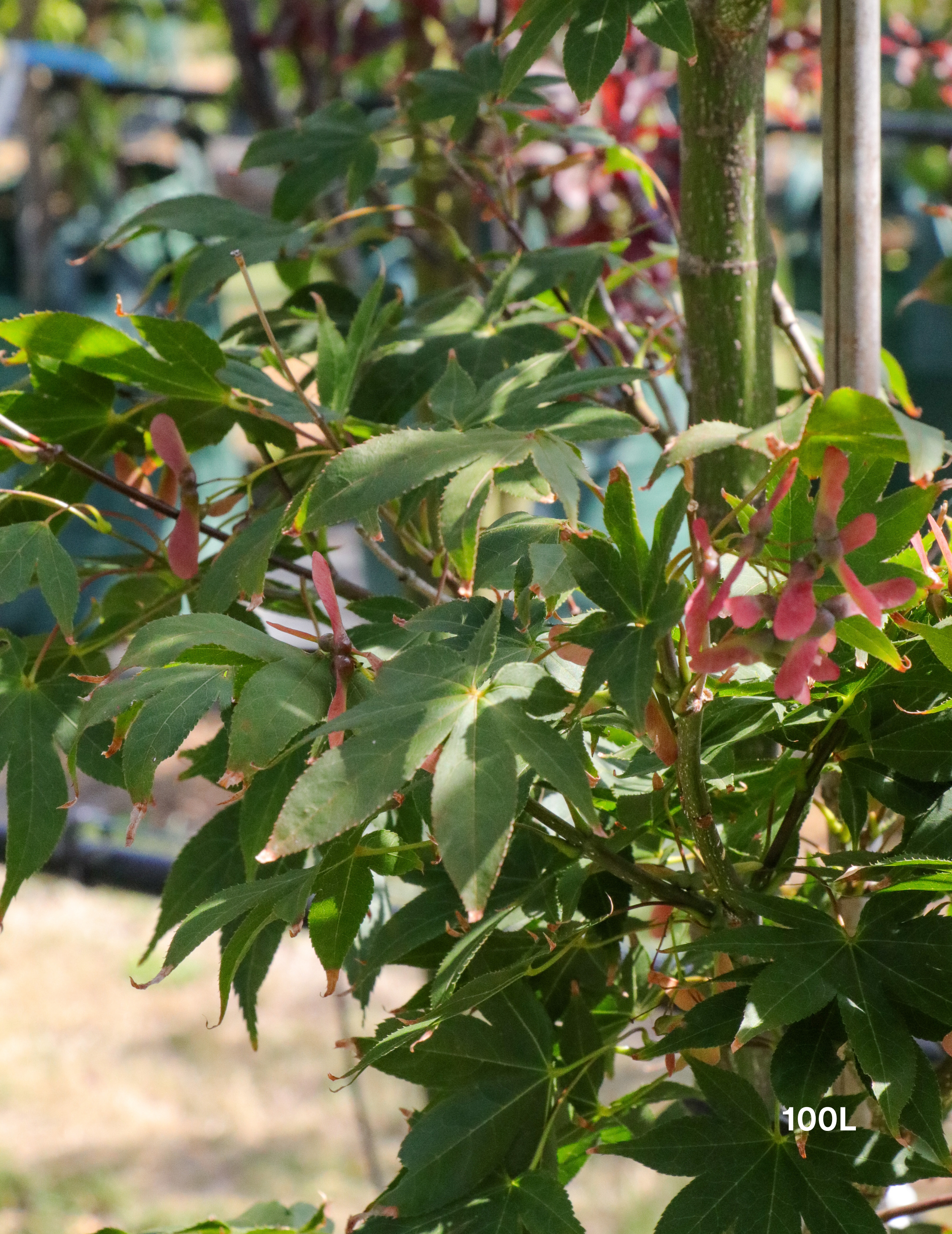
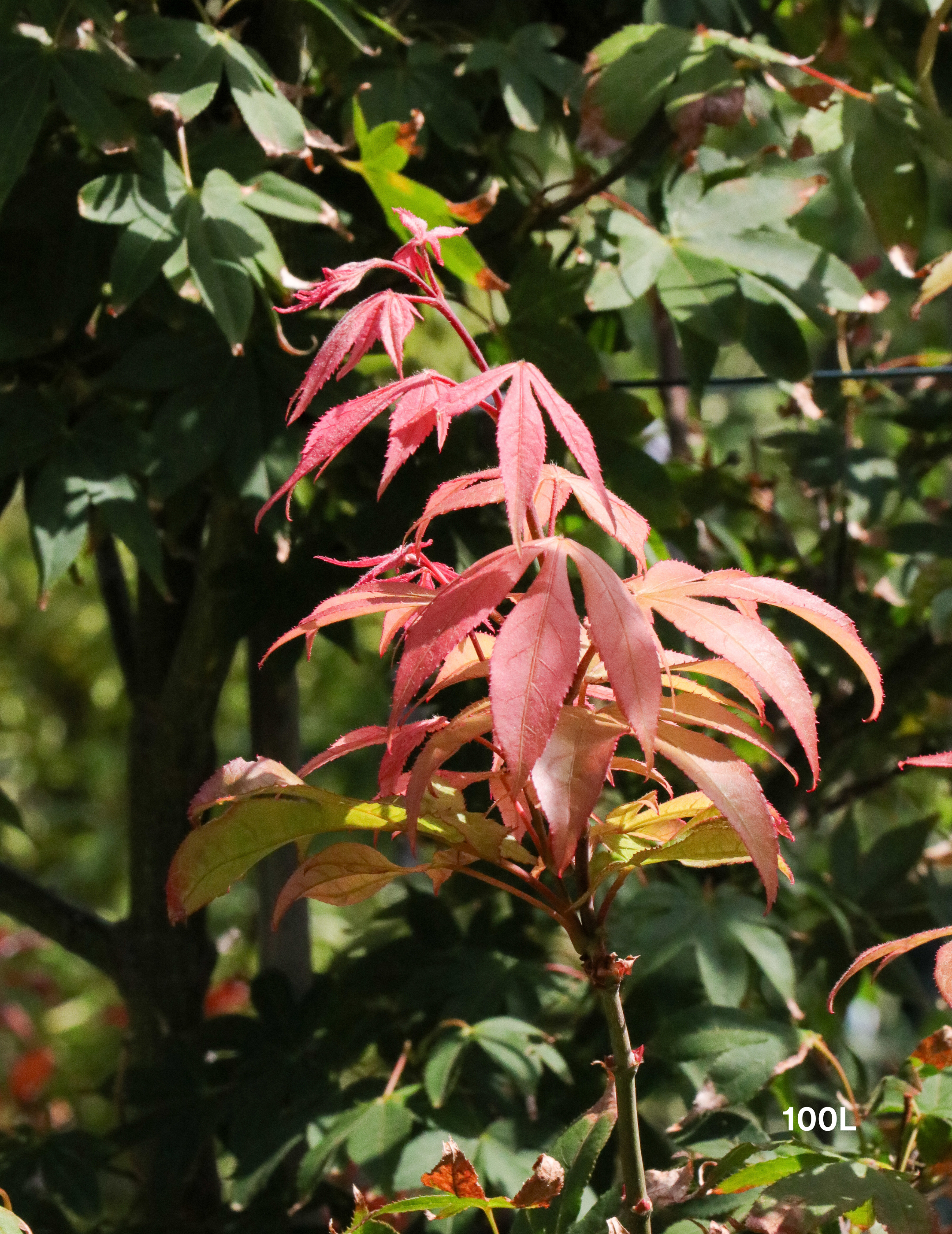
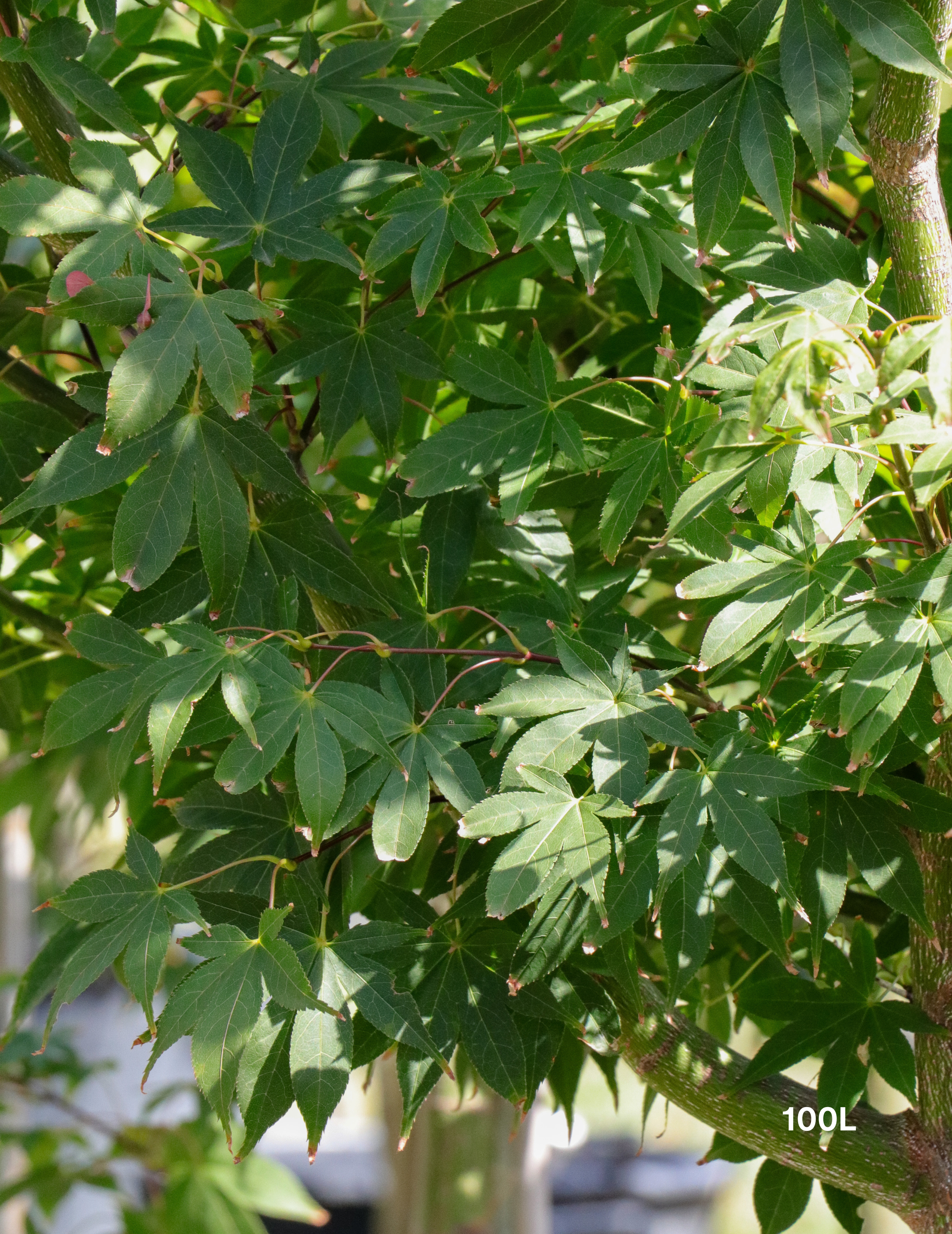
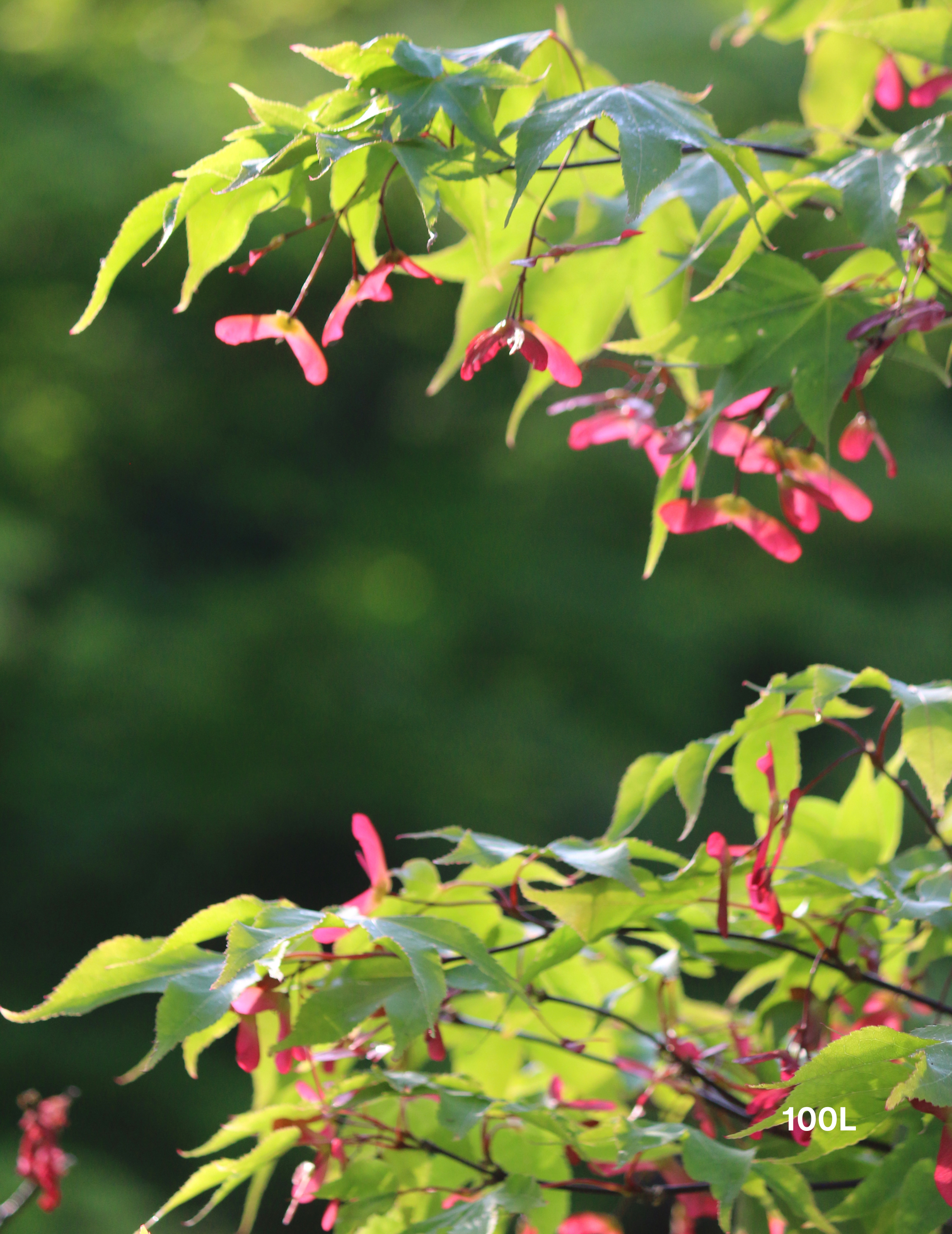
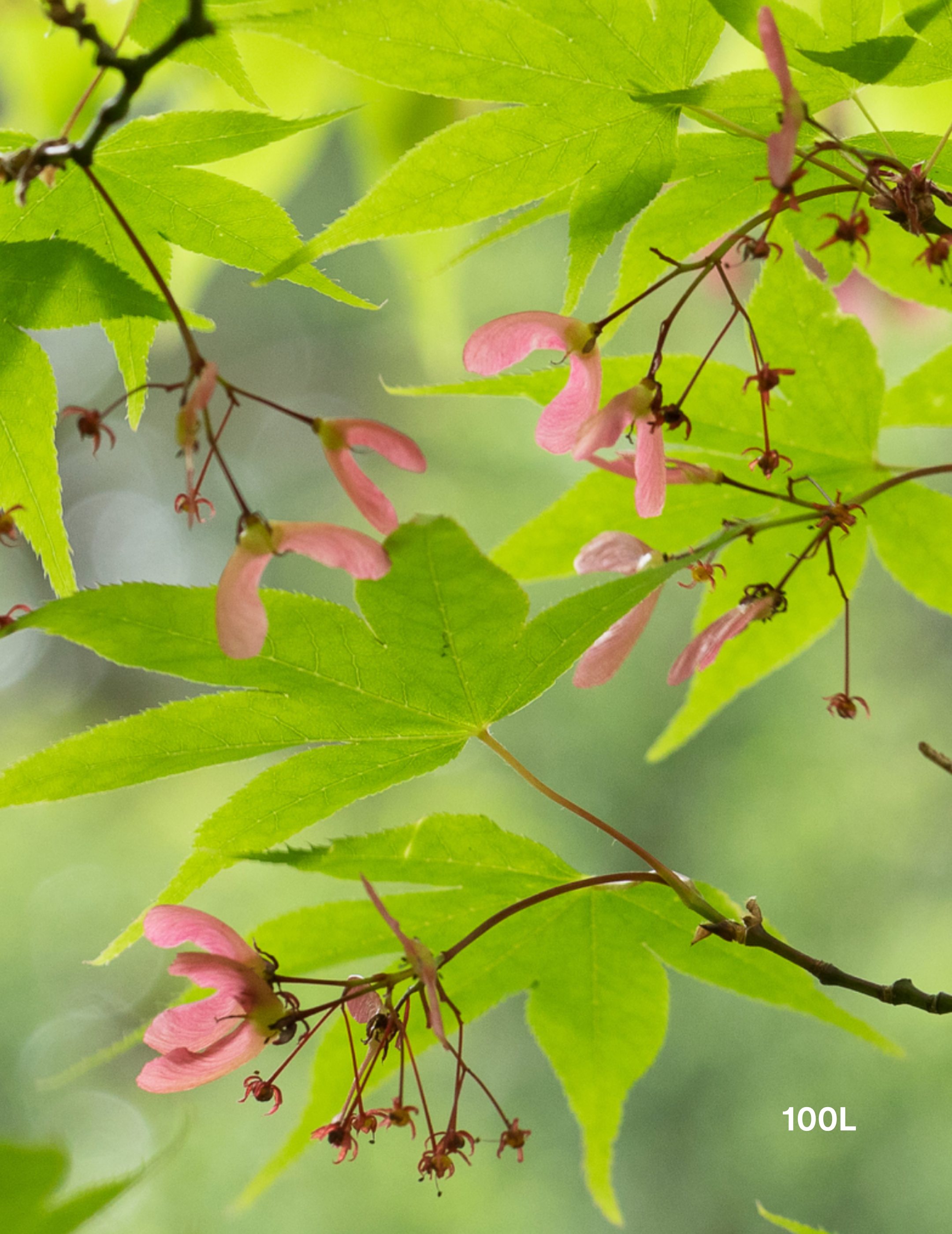
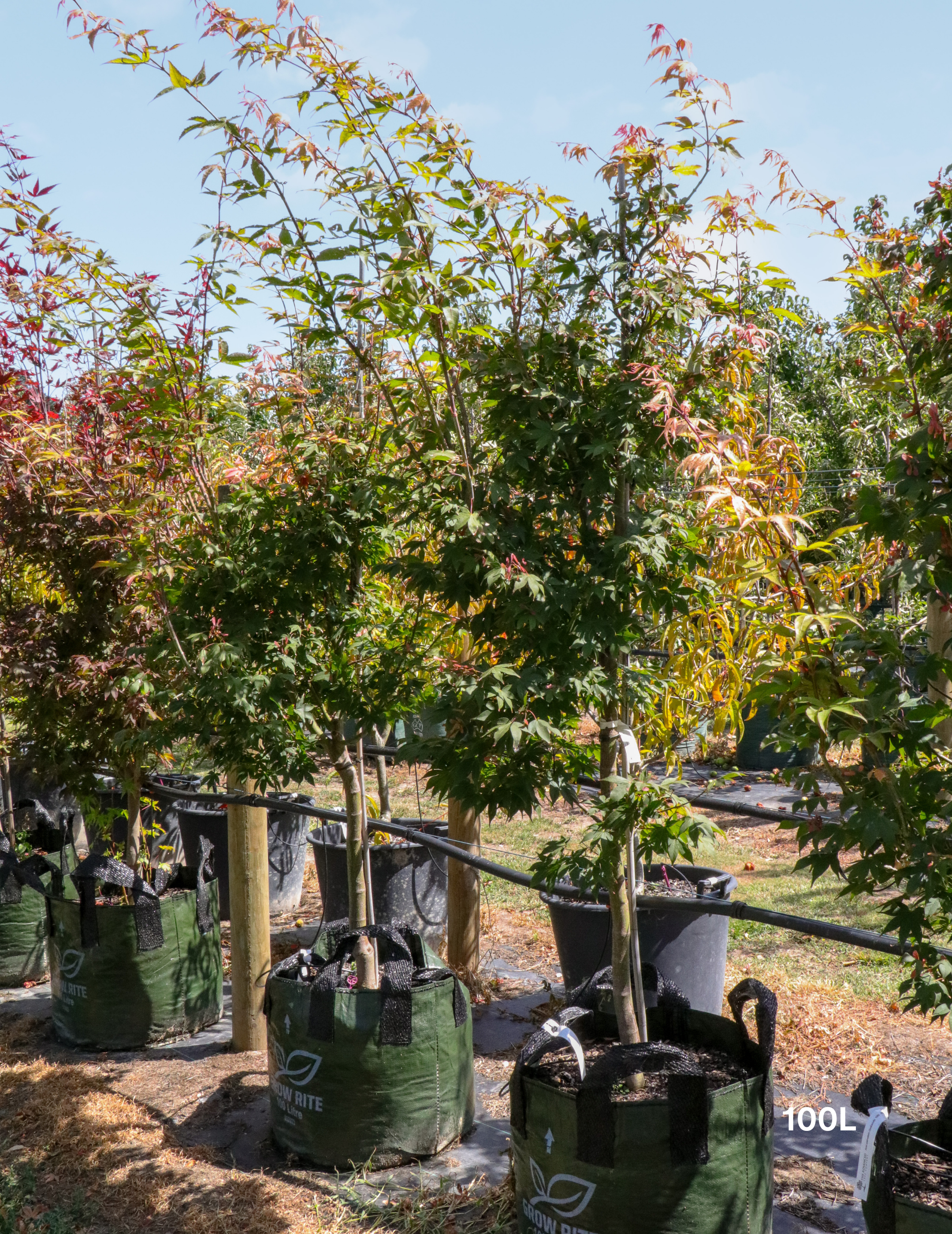
Acer palmatum 'Osakazuki' - Japanese Maple
Tax included. Shipping calculated at checkout
Please note, as living products, our trees naturally vary in size and appearance throughout the seasons. The photos on our website are provided as a helpful guide, but may not always reflect our current batches.
We always aim to deliver stock as pictured, but some variation is to be expected. For up-to-date sizing, please refer to our current height guide. If you’d like to see photos of our current stock, just let us know—we’re happy to send them!
Our Shipping cost is calculated at checkout based on volume you anticipate to order and exact location.
You will not be charged to find out this information.
We supply advanced trees to landscapers, developers, architects, and councils Australia-wide. Trade clients receive fast quotes, expert advice, and access to premium stock with reliable freight.
Enjoy exclusive savings on orders over $2,000.
Your discount will be applied automatically at checkout.
Place your order before December 1st for guaranteed pre-Christmas delivery.
Hurry — Sale ends December 6th!

Acer palmatum 'Osakazuki' - Japanese Maple
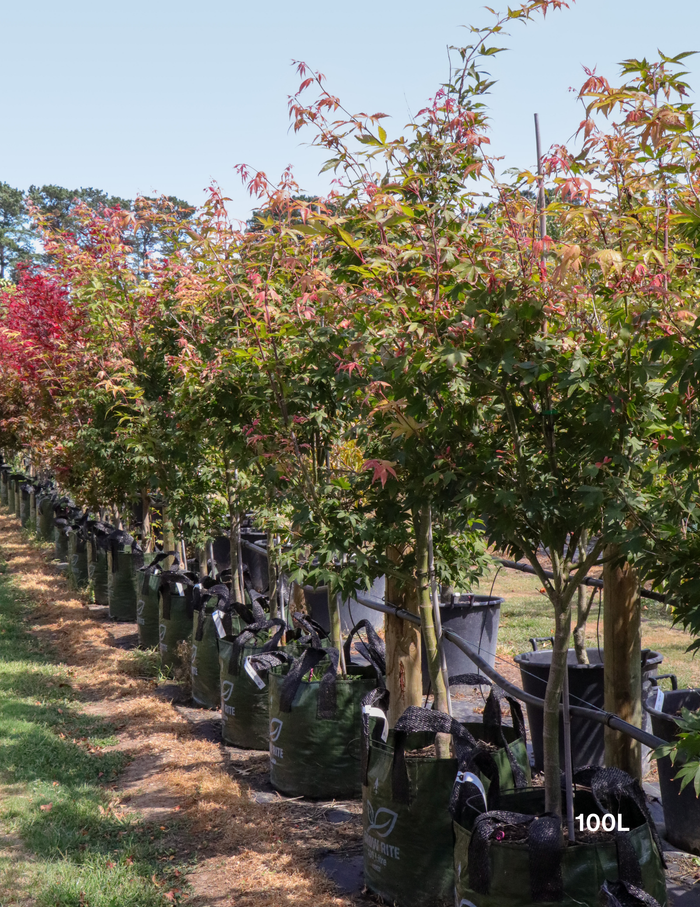 is a Deciduous (Defoliates throughout colder months)
is a Deciduous (Defoliates throughout colder months)
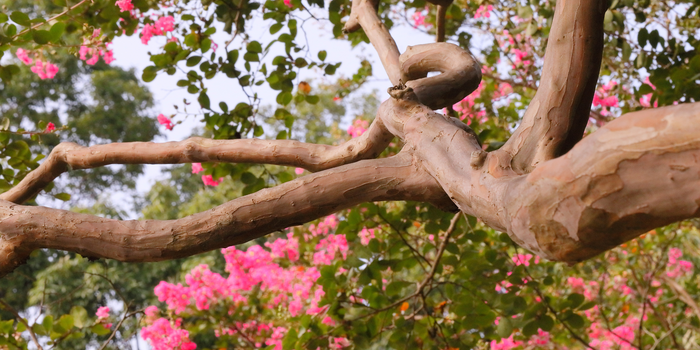 tree with a Mature Height of 4 m – 5 m,
and a Mature Width of 4 m – 5 m.
tree with a Mature Height of 4 m – 5 m,
and a Mature Width of 4 m – 5 m.
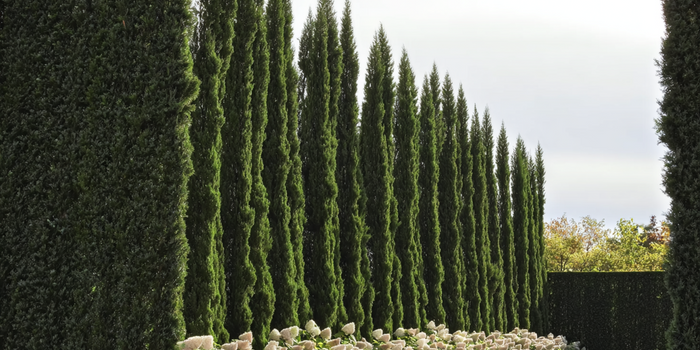 They have a Medium Growth Rate,
They have a Medium Growth Rate,
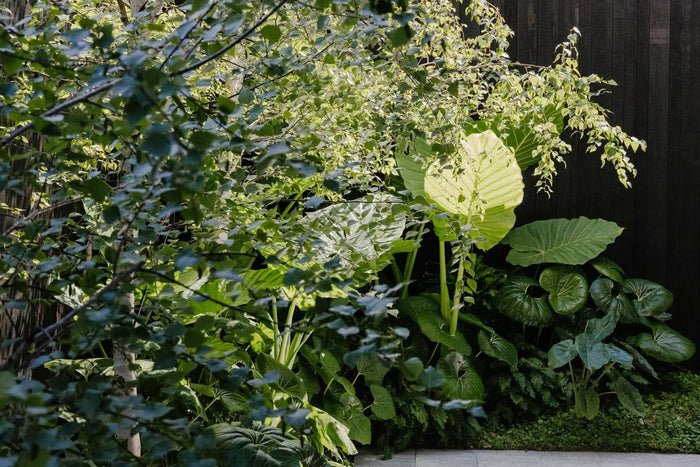 with per annum growth of 30 – 45 cm per year (slow to moderate).
with per annum growth of 30 – 45 cm per year (slow to moderate).
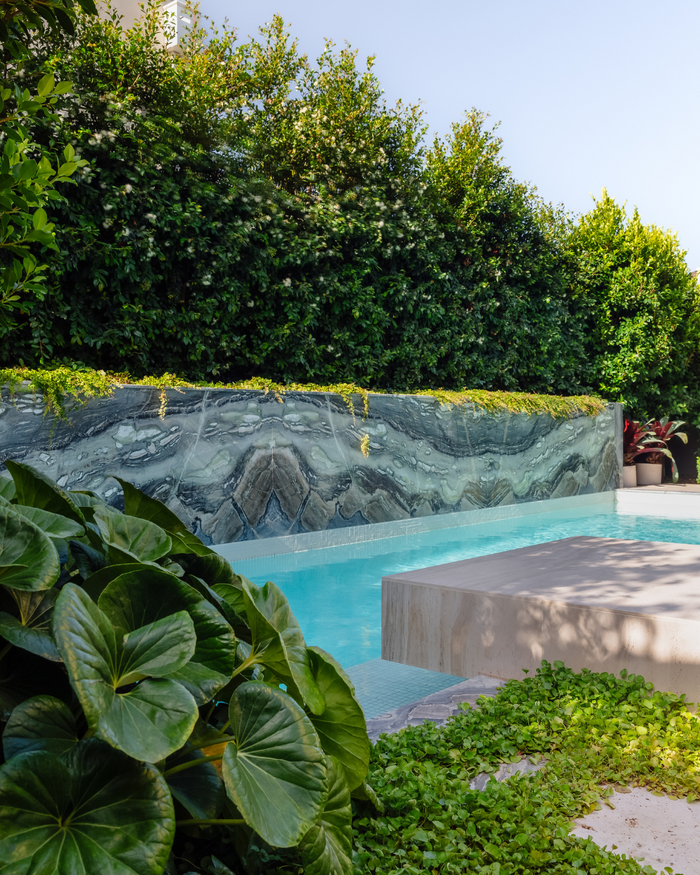 Acer palmatum 'Osakazuki' - Japanese Maple can be used for Feature Tree and Plant in Pots (or) Suitable for Pots.
Acer palmatum 'Osakazuki' - Japanese Maple can be used for Feature Tree and Plant in Pots (or) Suitable for Pots.
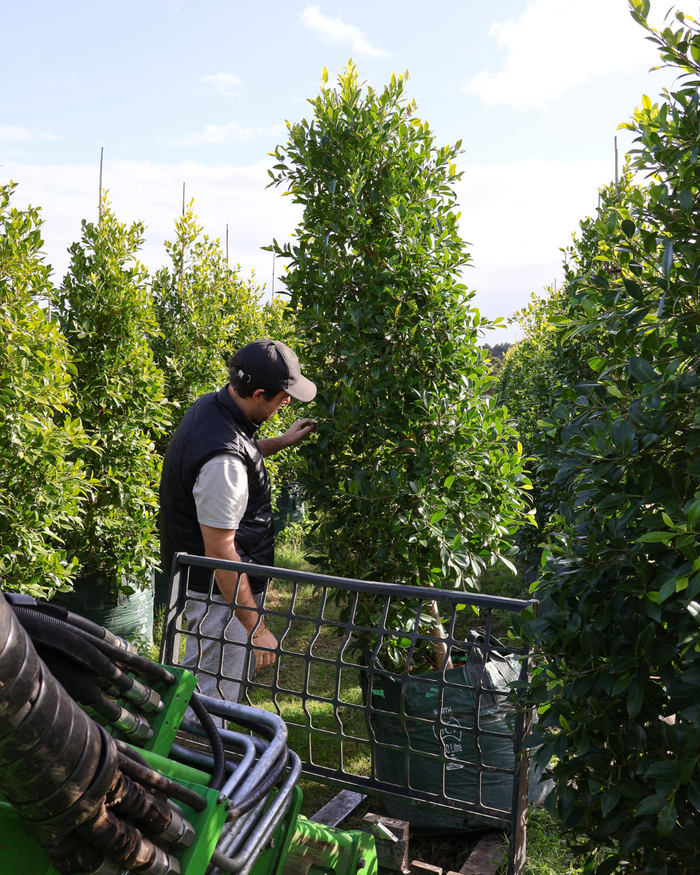 They tolerate Full Sun and Part Shade.
They tolerate Full Sun and Part Shade.
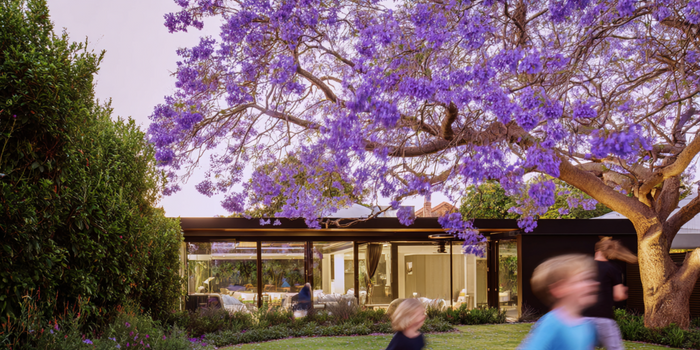







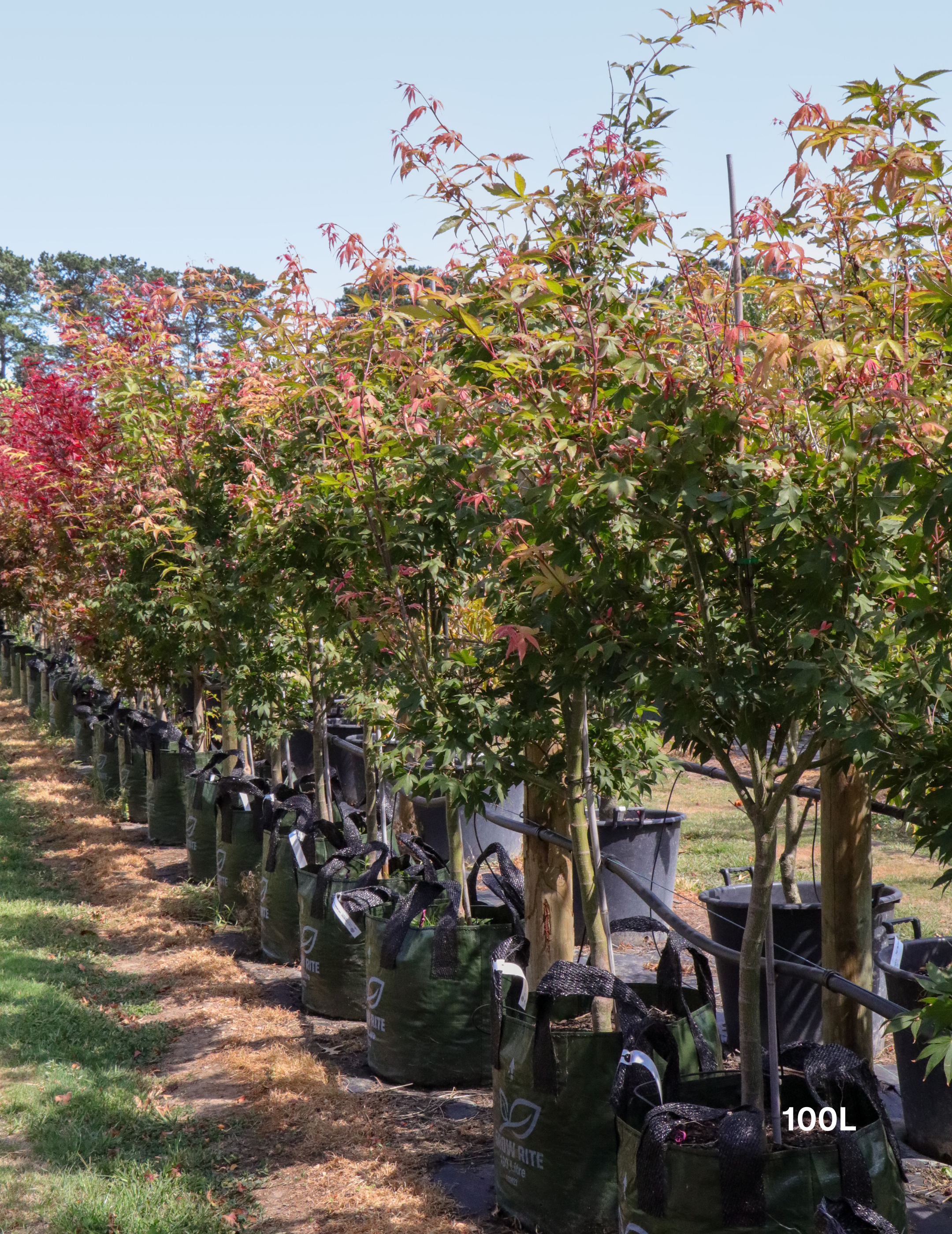
PLANT PROFILE
Acer palmatum 'Osakazuki' – Japanese Maple is a compact, deciduous ornamental tree with a broad, rounded canopy and standout autumn performance. Large green leaves turn a deep scarlet-red in autumn—regarded as some of the most vivid among Japanese Maples.
They look excellent in courtyards, Japanese-style gardens, or planted as a seasonal focal point in residential landscapes where colour contrast and form are important. Moderate growth rate and a well-structured habit make it a strong choice for smaller spaces, feature planting, or bonsai use.
Consistent seasonal colour, refined shape, and versatility across ornamental settings make this a reliable option for gardens requiring bold visual impact.
Mature Height: 4 m – 5 m
Mature Width: 4 m – 5 m
30 – 45 cm per year (slow to moderate)
Use this as a reference when digging your planting hole. We recommend digging at least 10% wider than the dimensions below to encourage strong root development.
- 30cm Pot: 33cm (W) × 30cm (D)
- 40cm/45L Pot: 44cm (W) × 41.5cm (D)
- 50cm Pot / 70L Pot: 55cm (W) × 41.8cm (D)
- 100L Bag: 50.6cm (W) × 52.8cm (D)
- 150L Bag: 66cm (W) × 55cm (D)
- 200L Bag: 71.5cm (W) × 60.5cm (D)
- 300L Bag: 88cm (W) × 63.8cm (D)
- 400L Bag: 99cm (W) × 66cm (D)
- 500L Bag: 122cm (W) × 66cm (D)
- 750L Bag: 134cm (W) × 69cm (D)
- 1000L Bag: 146.3cm (W) × 71.5cm (D)
- 2000L Bag: 176cm (W) × 82.5cm (D)
Acer palmatum 'Osakazuki' - Japanese Maple is Frost Hardy – Survives heavy and frequent frost without damage..
Does Acer palmatum 'Osakazuki' - Japanese Maple flower?
Red
We've Been Featured In






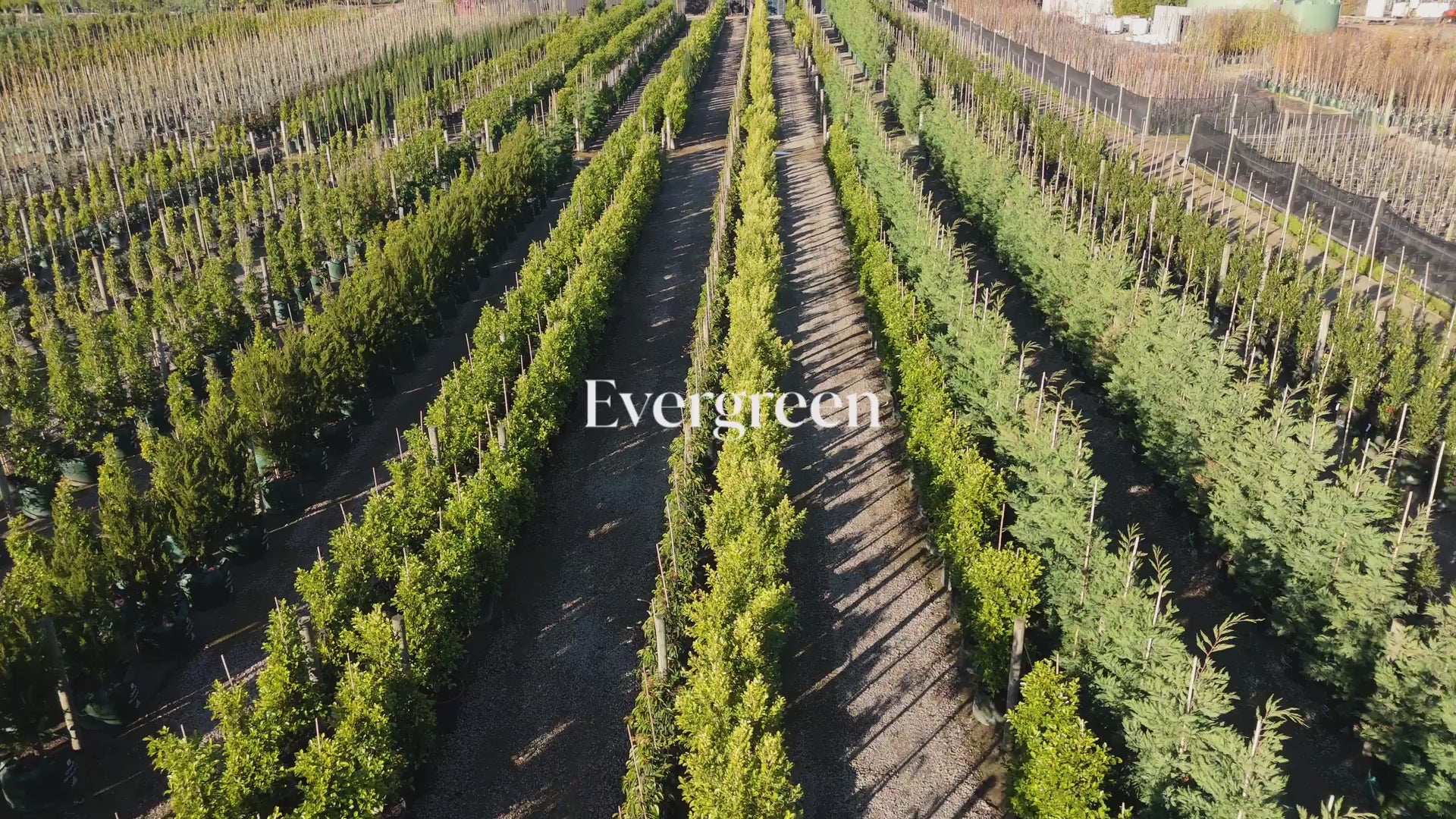
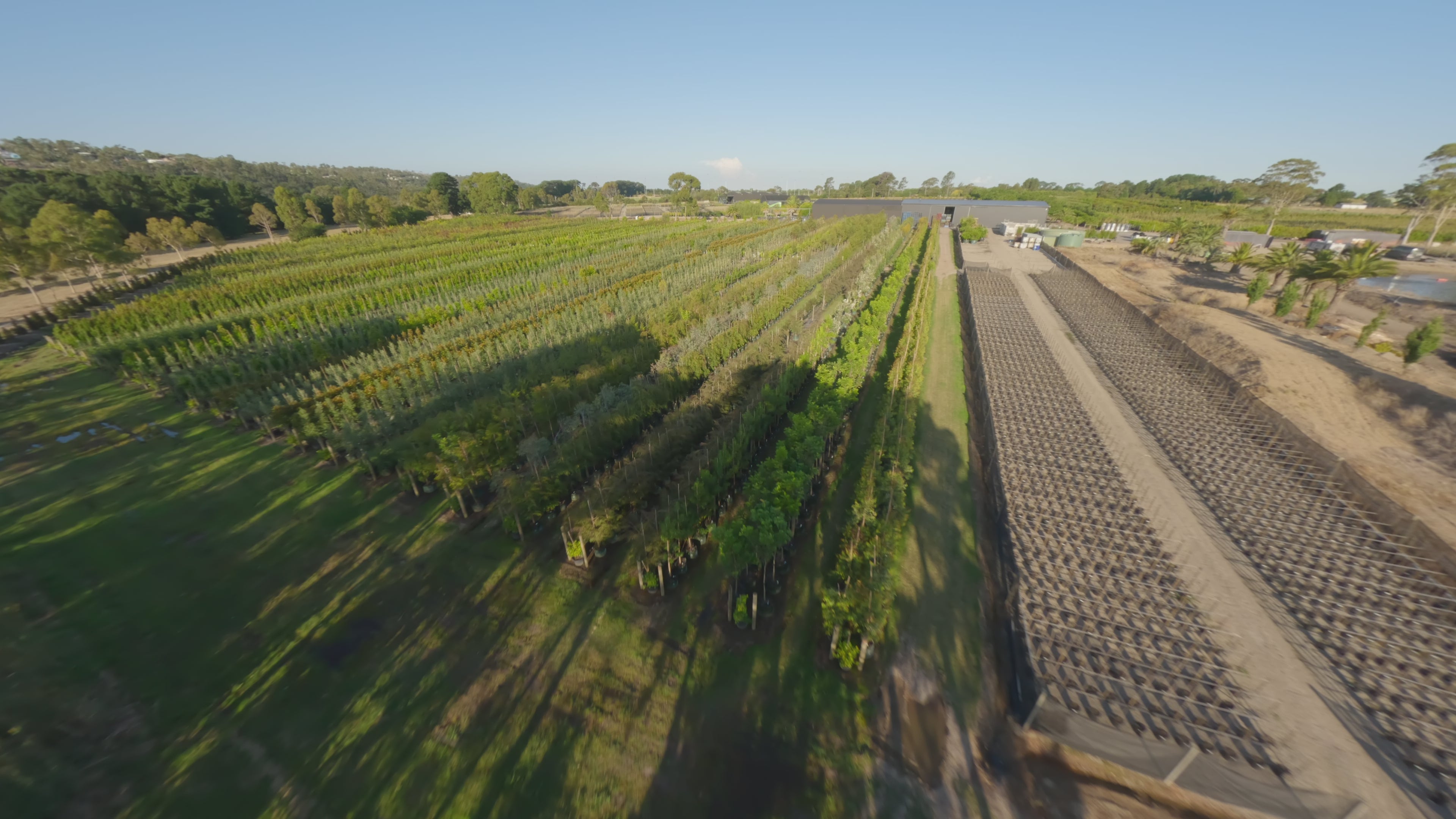
Your One Stop Shop Advanced Tree Supplier
HAVE A PLANT SCHEDULE TO SEND US?
Need Assistance For Your Next Project? Let Us Help.
Evergreen Trees Direct is Australia's unrivaled supplier of the highest quality advanced tree stock. Our extensive supplier network allows us to provide a one-stop shop for all your landscaping needs, no matter how big or small the project. We pride ourselves on exceptional service, ensuring a seamless experience from selection to delivery. Trust us to bring your landscaping vision to life with the perfect trees for any outdoor space. With our unrivaled selection and commitment to service, Evergreen Trees Direct is the top choice for landscapers, property developers, and garden enthusiasts alike.
Recently Supplied Projects
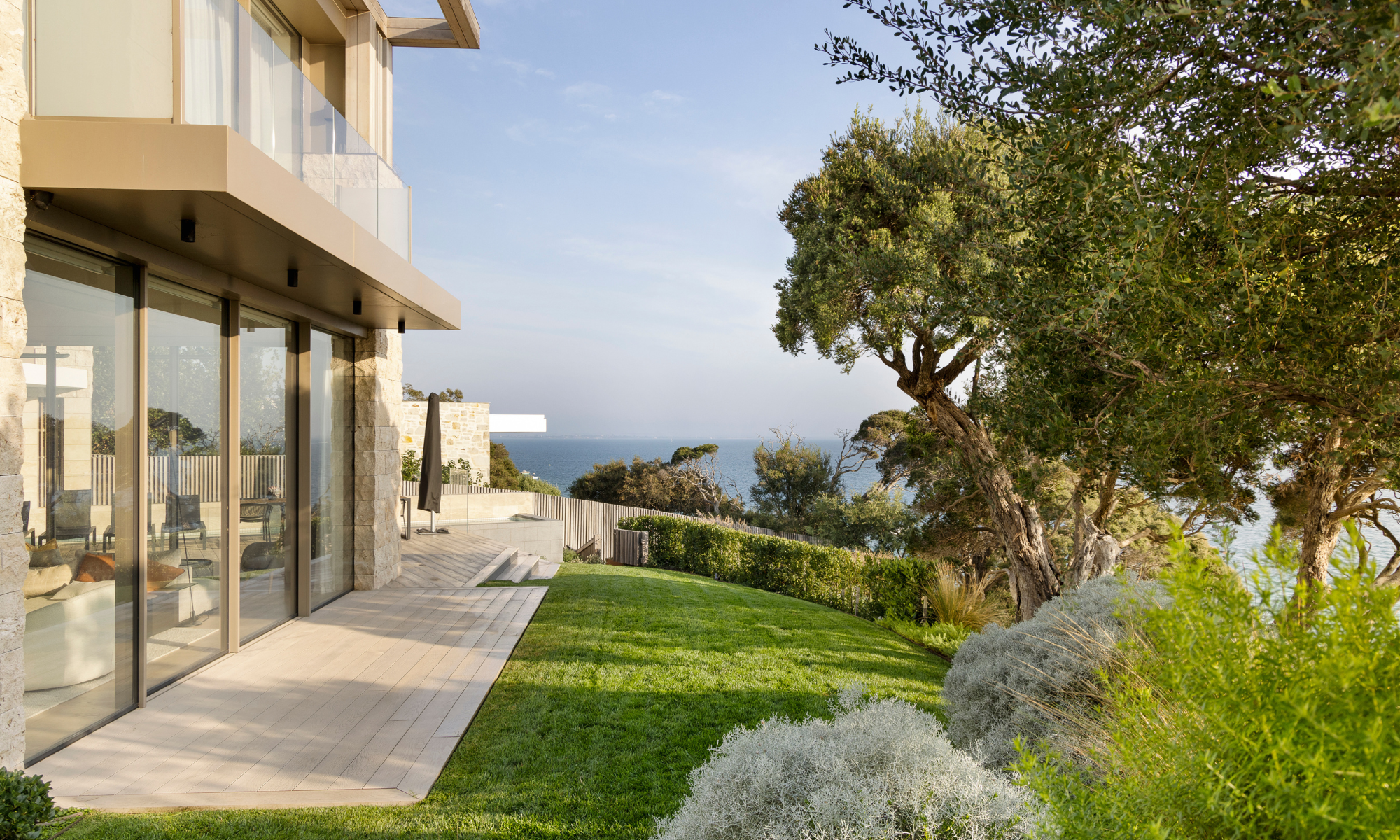
Mornington Peninsula Coastal Garden
A layered, resilient coastal garden designed to withstand harsh salt winds and seasonal extremes. This Mornington Peninsula property features a curated tree and shrub palette focused on longevity, ...
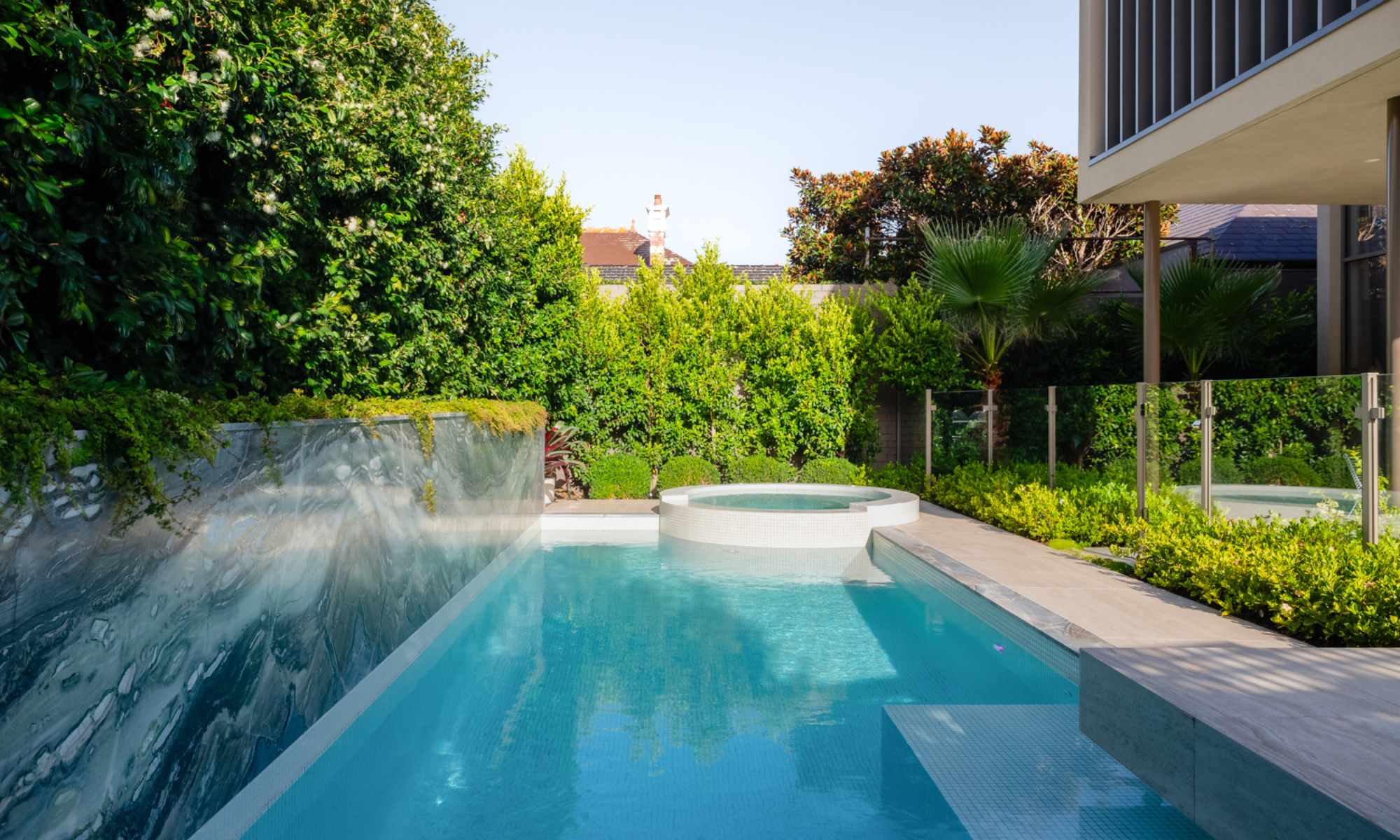
Presenting our recent project in Brighton, Victoria, landscaped by Jack Merlo Landscape & Design. This modern landscape features a variety of hedging, screening, and feature trees, all supplied...
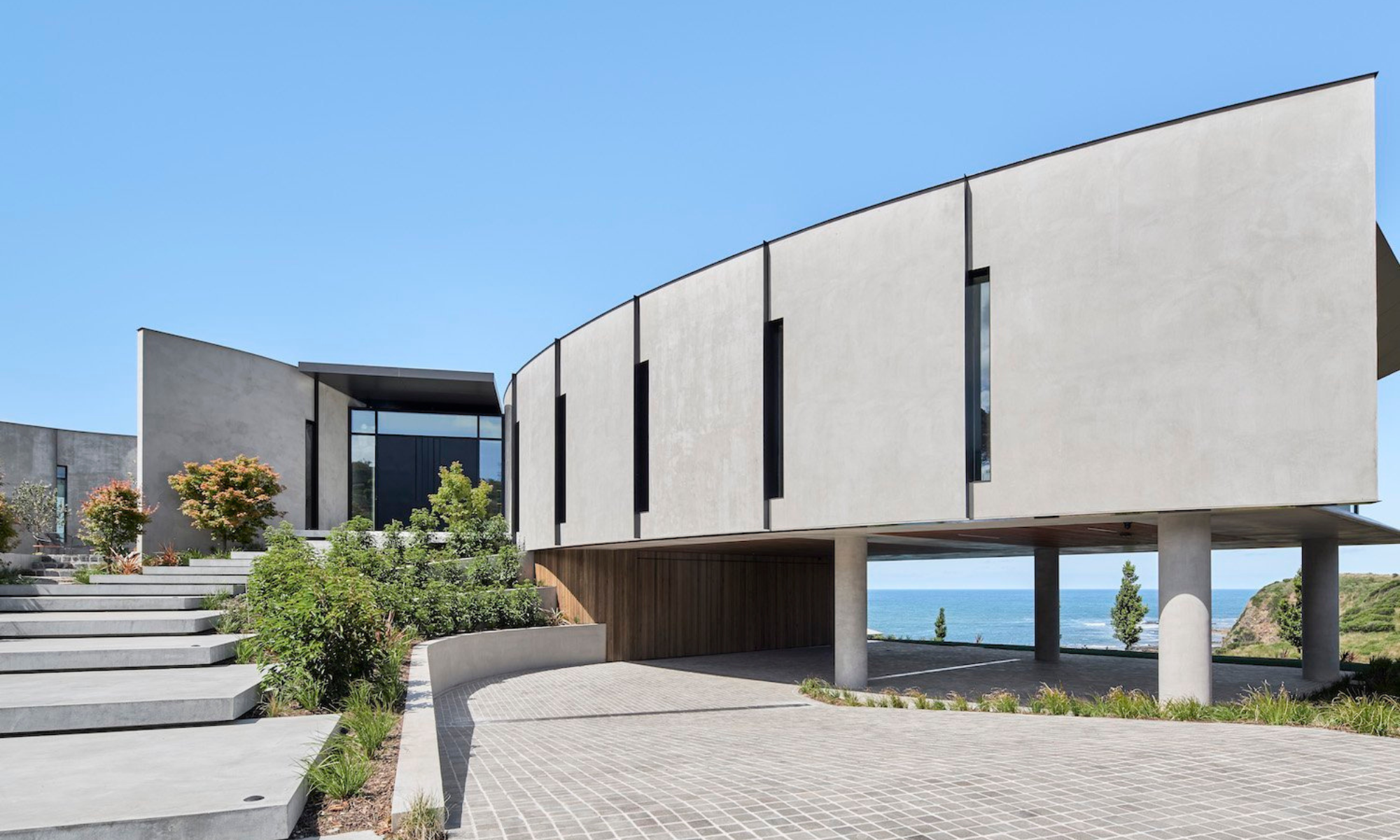
Horizon House in Flinders blends nature with bold architectural design, using natural elements to enhance its modern aesthetic. Acer Palmatum (Japanese Maple) lines the walkway to the entrance, add...
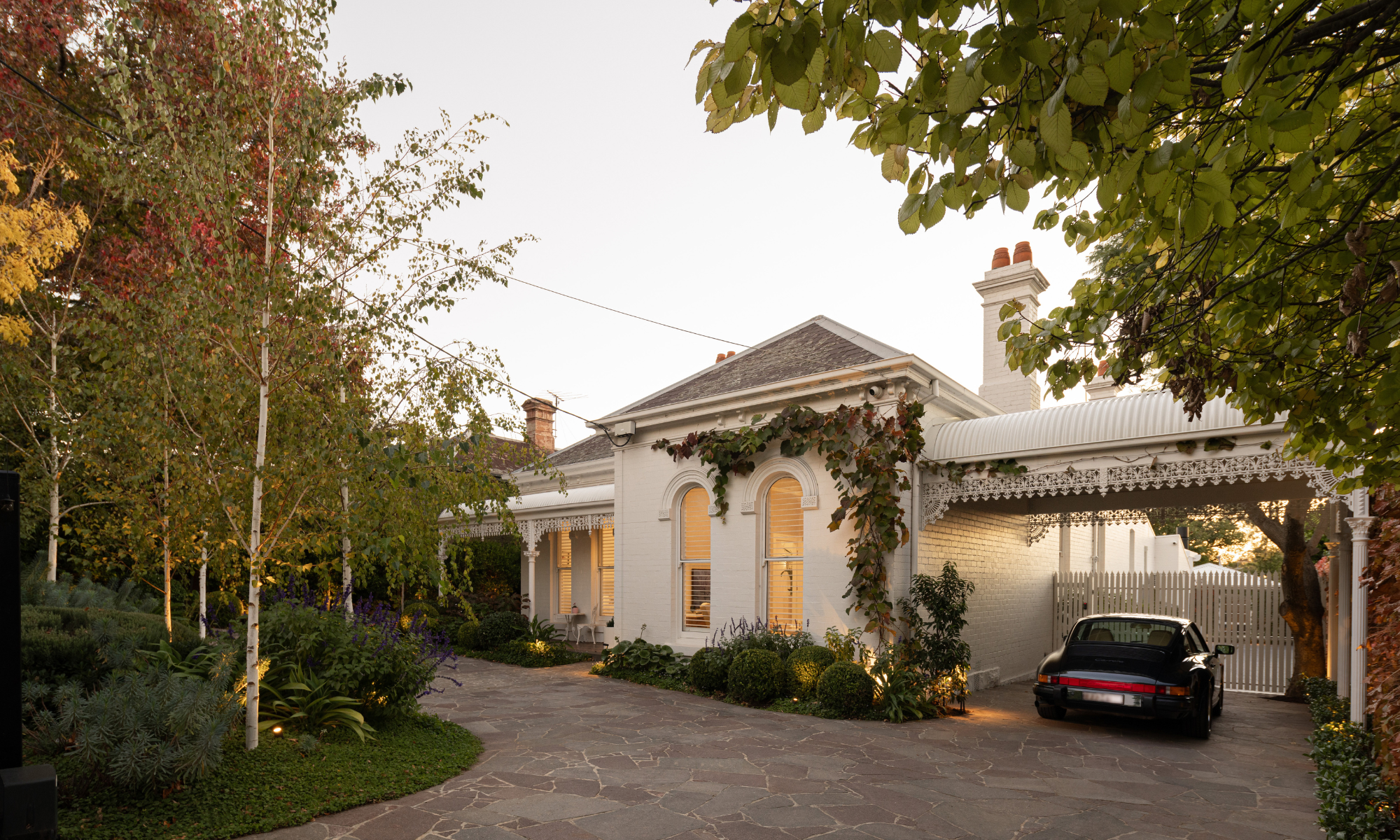
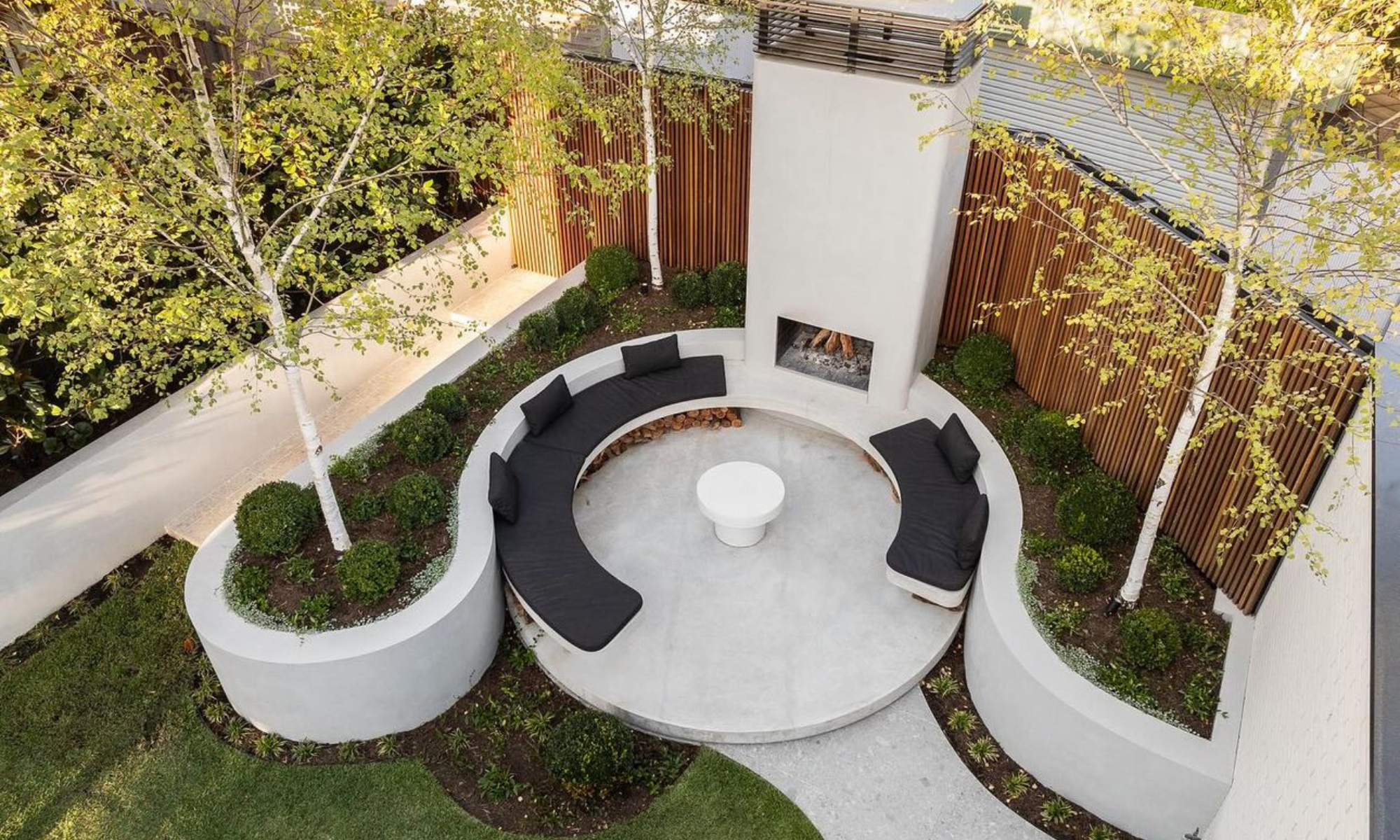
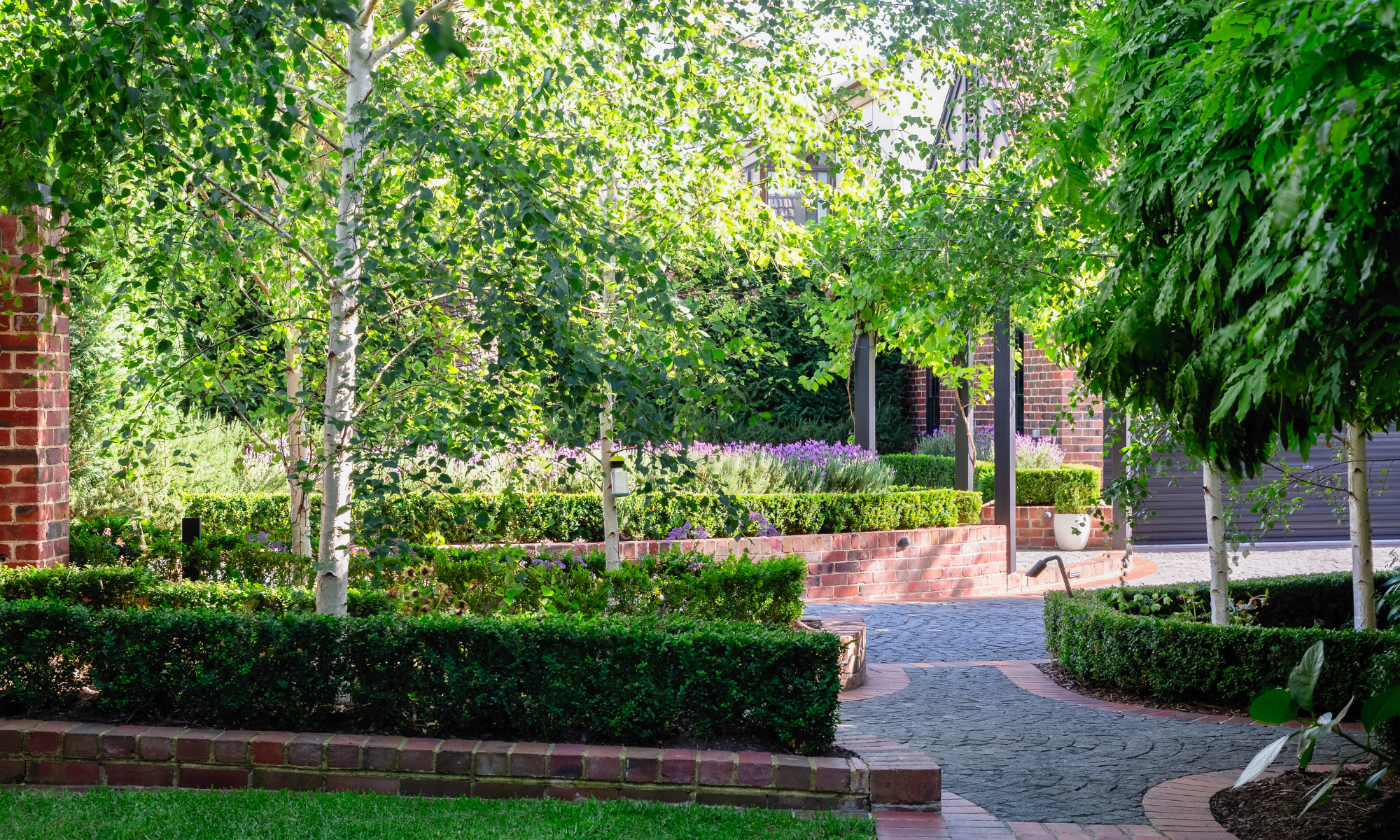
The Esplanade, Mornington Project
The Esplanade project, located along the Mornington coastline, features a carefully chosen selection of trees that thrive in the unique coastal environment of sea breezes and sandy soil. Led by Rob...


